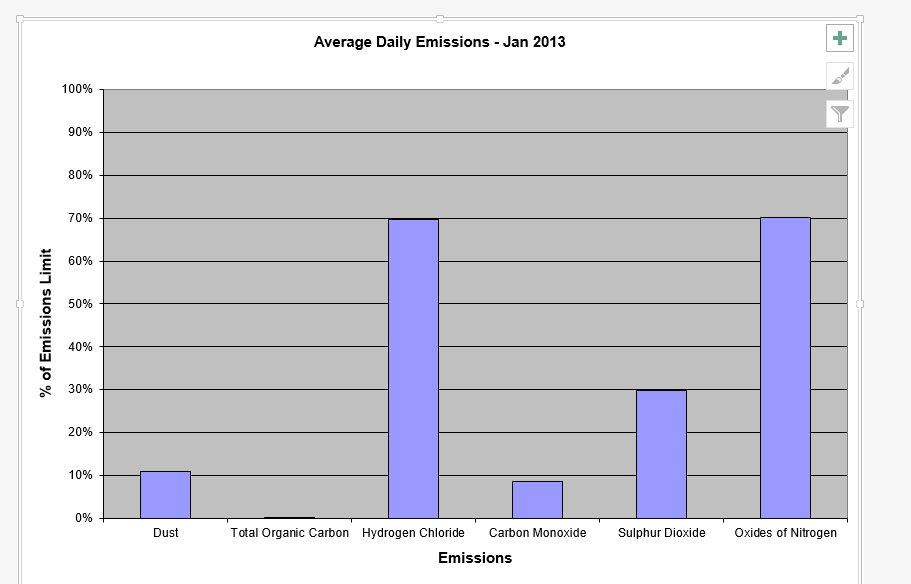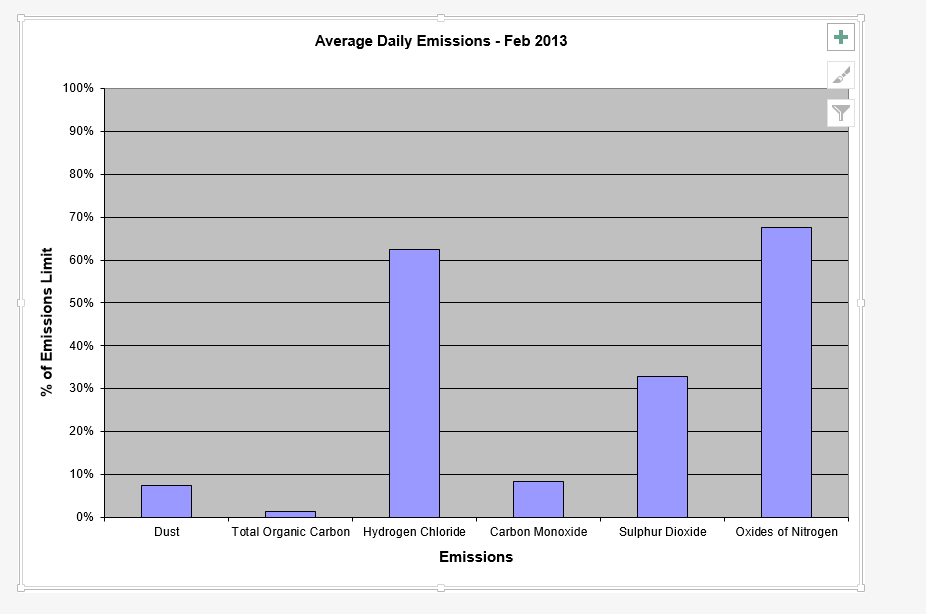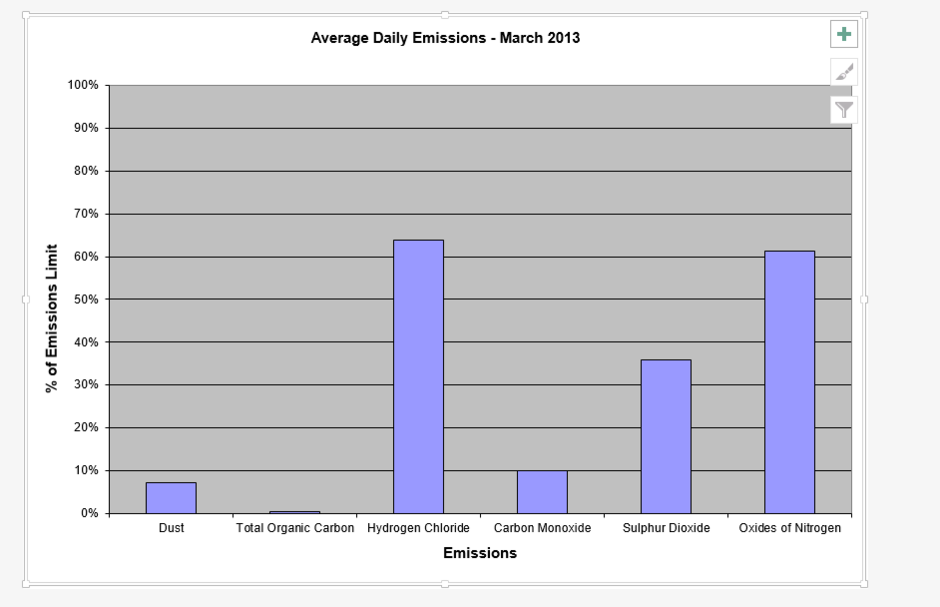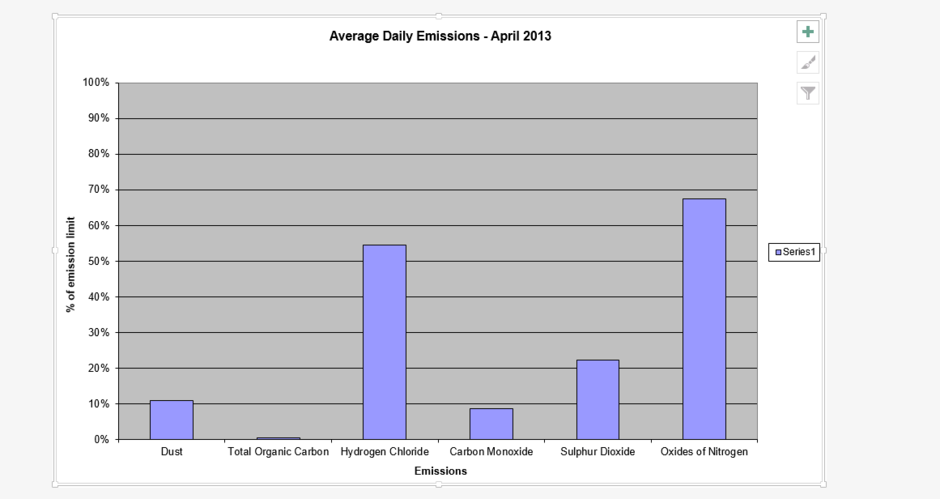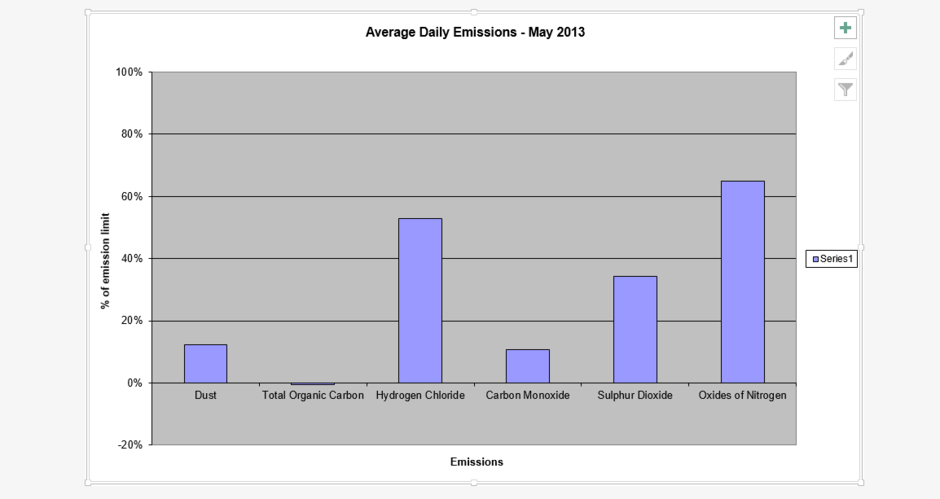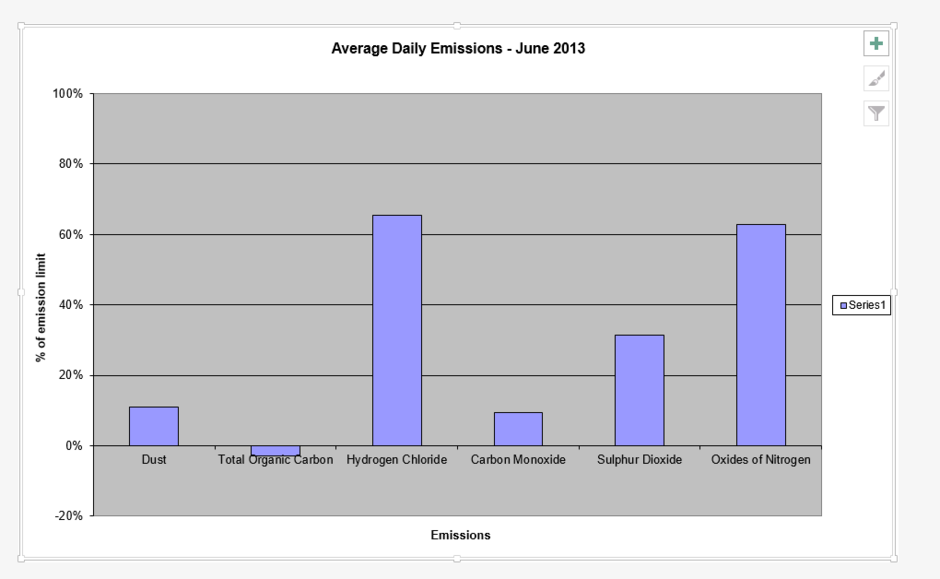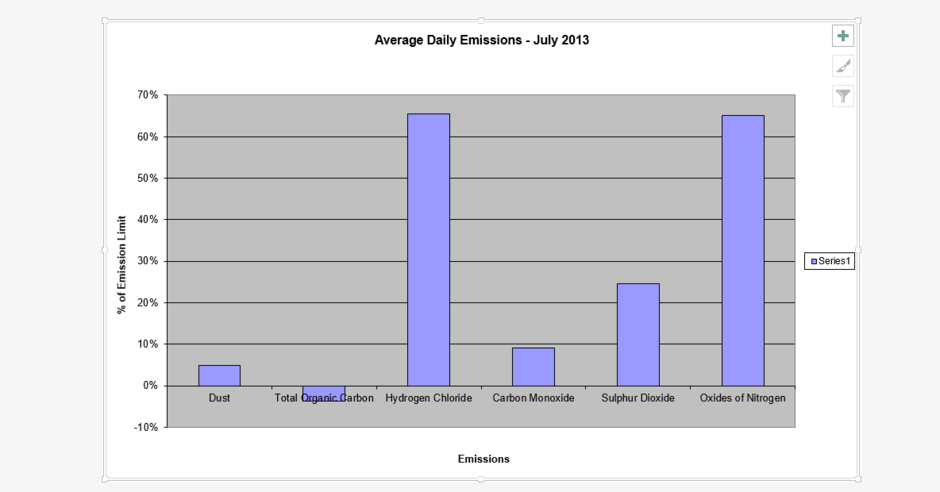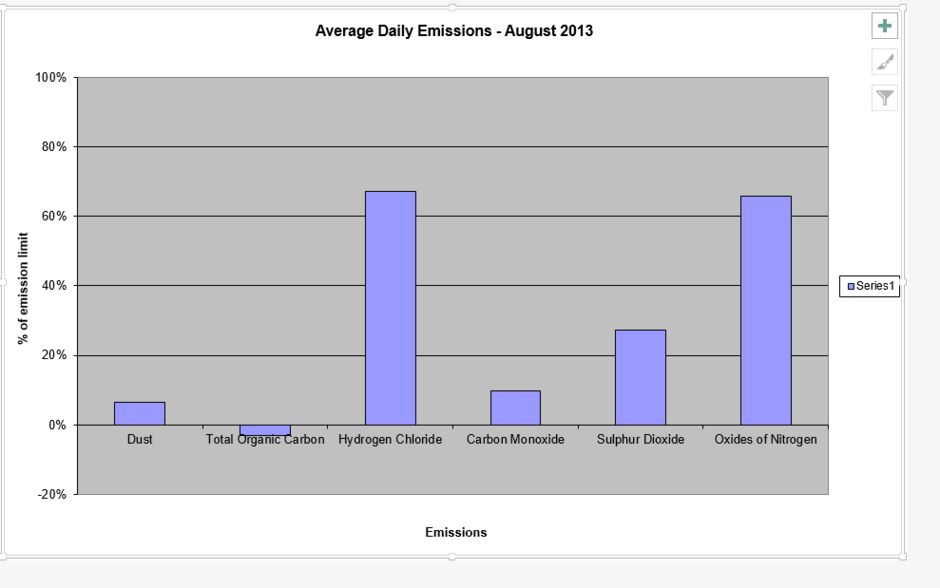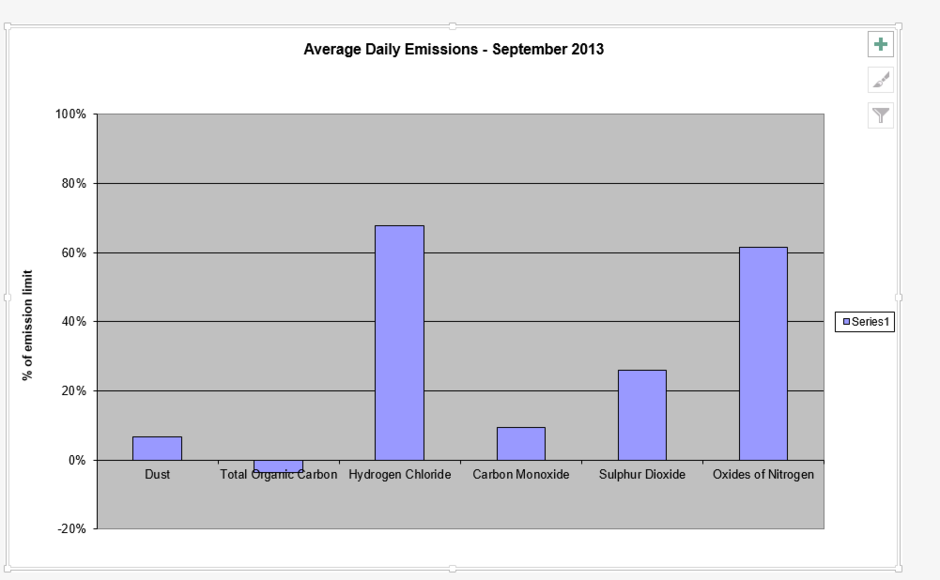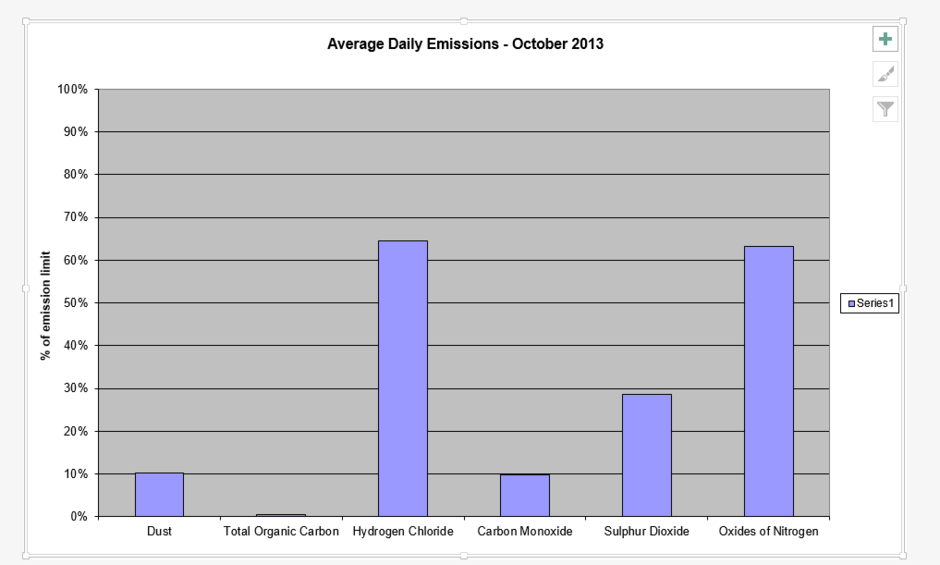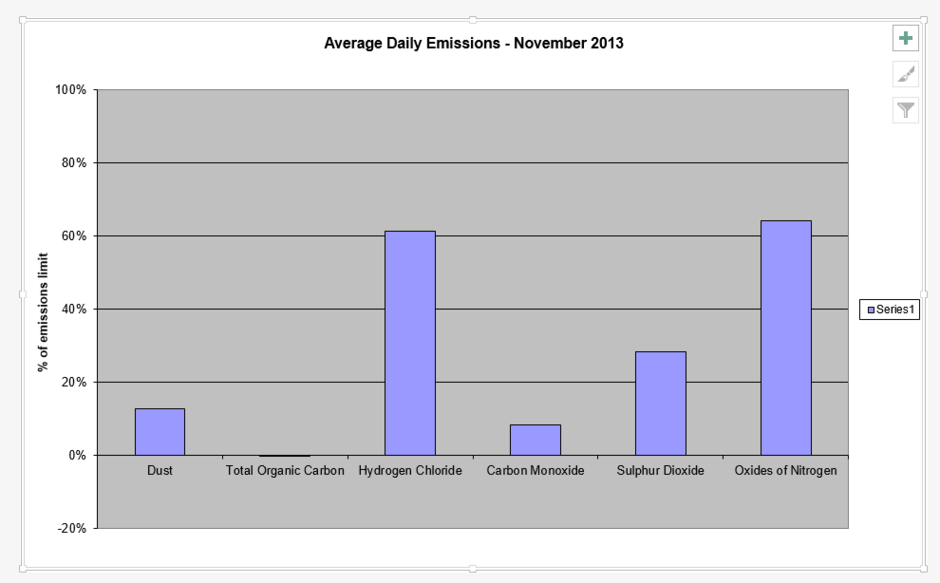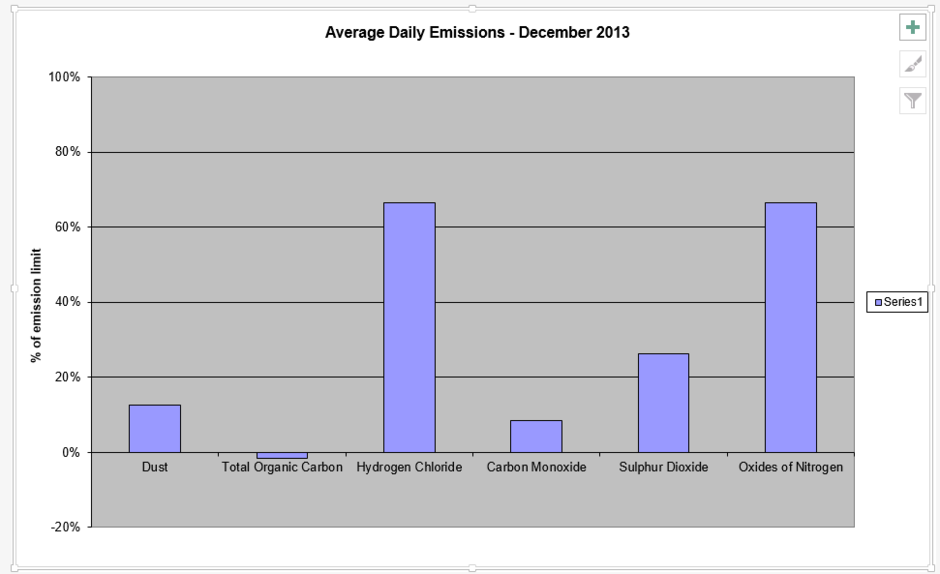The latest emissions to air data for the Sheffield Energy Recovery Facility
Please find below the latest emissions to air data for the Sheffield Energy Recovery Facility which we are required to monitor on a continuous basis. This information will be updated regularly.
Daily Average Emissions Limit
Dust (Particulates) 10mg/m3, total Organic Carbon 10mg/m3, Hydrogen Chloride 10mg/m3, Carbon Monoxide 50mg/m3. Sulphur Dioxide 50mg/m3 and Oxides of Nitrogen 180mg/m3.
Please see below for further information on the emissions monitored.
Dust (Particulates)
What type of substance is it?
Particulates is the term used to describe tiny particles in the air, made up of a complex mixture of soot, organic and inorganic materials having a particle size less than or equal to 10 microns diameter (10 microns is equal to one hundredth part of a millimetre). Particulates is one of the eight substances for which the government has established an air quality standard as part of its national Air Quality Strategy.
How is it released?
There are many man-made sources of Particulates, including road transport and industry. There are also natural sources, for example, volcanoes and dust storms.
Total Organic Carbon (TOC)
What type of substance is it?
Total Organic Carbon is part of a large group of liquids and gases often called volatile organic compounds (VOCs). The liquids easily vaporise at room temperature and many are colourless and odourless. They are of general concern because of their ability to react with other pollutants, such as nitrogen oxides, in the lower atmosphere to form ozone. High concentrations of ozone at ground level can harm human health, damage crops and affect materials such as rubber. Some VOCs may be directly harmful to human health, contribute to global warming or destroy stratospheric ozone needed to shield the earth's surface from harmful ultra violate radiation.
How is it released?
Paints, natural gas, petrol, road transport and industrial processes are the major sources of these compounds, however some are also produced by natural biological processes.
Hydrogen Chloride
What type of substance is it?
Hydrogen chloride is both a naturally occuring chemical and is manufactured by man. It is a colourless, chemically reactive gas with a strong, pungent odour. In solution with water it forms a strong acid - hydrochloric acid. The gas is acidic and corrosive.
How is it released?
The main source of hydrogen chloride releases are coal burning power stations. Smaller quantities are also emitted from waste incinerators.
Carbon Monoxide
What type of substance is it?
Carbon monoxide is both a common naturally occuring chemical and is manufactured by man. It is a colourless, odourless poisonous gas. Carbon monoxide is one of the eight substances for which the government has established an air quality standard as part of its national Air Quality Strategy.
How is it released?
The main man-made source of carbon monoxide is petrol vehicles which are not fitted with a catalytic converter. Small amounts are also released from the burning of fossil fuels in power stations and waste incinerators. Faulty domestic gas boilers and domestic cookers are also sources and the gas is also found in tobacco smoke. Smaller amounts are also produced by natural processes.
Sulphur Dioxide
What type of substance is it?
Sulphur dioxide is man-made and naturally occurring colourless gas with a penetrating odour. It dissolves in water to form an acidic solution of sulphurous acid. Sulphur dioxide gas is one of the main chemicals that causes acid rain. Concentrations sometimes found in the polluted environment can damage crops and forests and acidify sensitive soils and water bodies. Sulphur dioxide is one of the eight substances for which the government has established an air quality standard as part of its national Air Quality Strategy.
How is it released?
Sulphur dioxide is produced by burning coal and oil. Power stations and oil refineries release most of the sulphur dioxide in the air, but releases from domestic open fires can also affect local concentrations. Releases from its industrial uses are relatively small. Sulphur dioxide is also found naturally in the air at low concentrations from natural releases such as volcanoes and forest fires.
Nitrogen Oxides
What type of substance is it?
The term 'nitrogen oxides' (NOx) is usually used to includes two gases - nitric oxide (NO), which is a colourless, odourless gas and nitrogen dioxide (NO2), which is a reddish-brown gas with a pungent odour. Nitrogen oxides contribute to acid rain, depletion of the ozone layer and have detrimental effects on health. They are also greenhouse gases. Nitrogen dioxide is one of the eight substances for which the government has established an air quality standard as part of its national Air Quality Strategy.
How is it released?
Major man-made releases of nitrogen oxides are primarily from fuel combustion (including vehicles), biomass burning and some production processes. There are also minor natural sources such as lightning, natural fires and biological processes in soils and waters.
Please select a year to see the emissions data for Sheffield Energy Recovery Facility
This page will be updated frequently with new monthly data.
2024
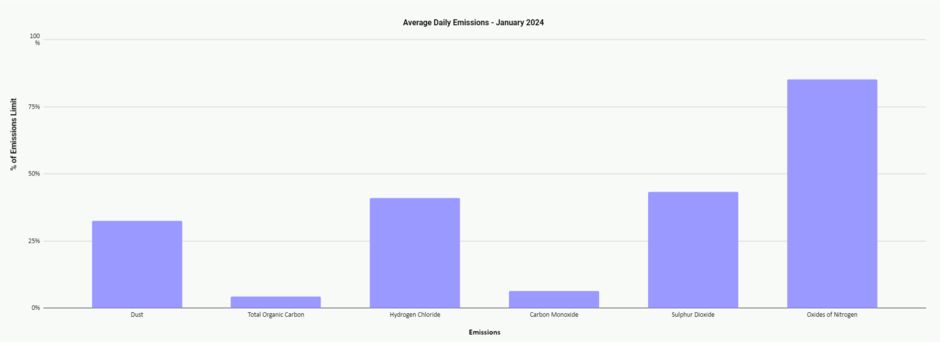
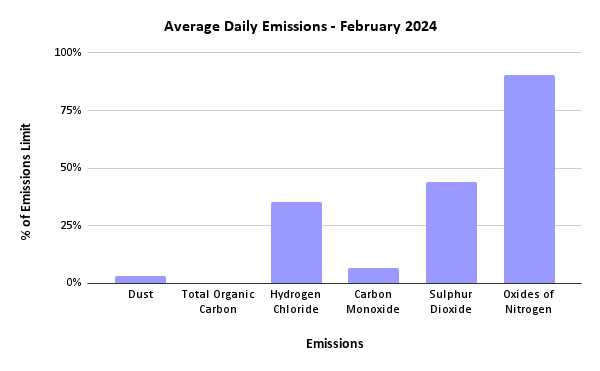
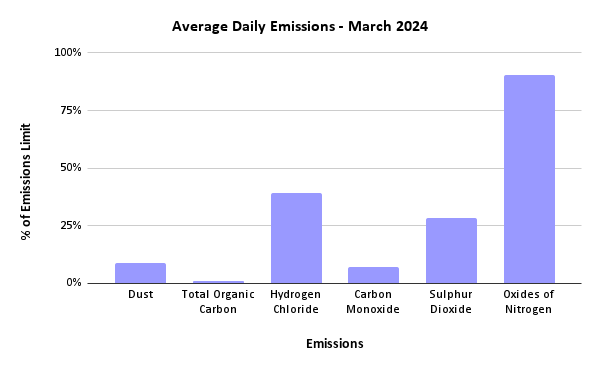
2023
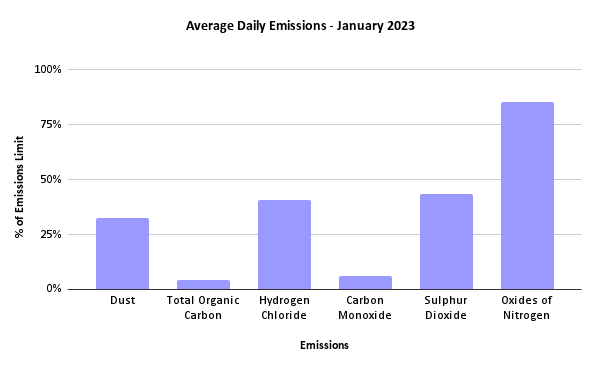
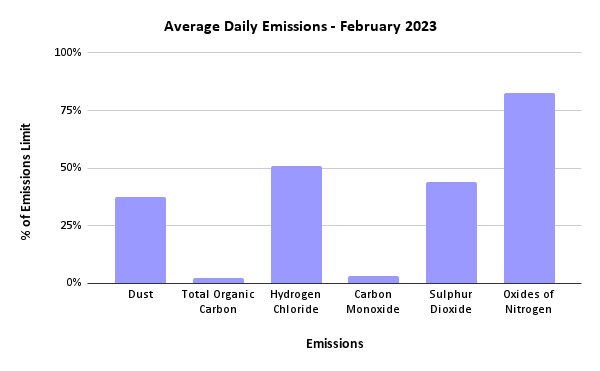
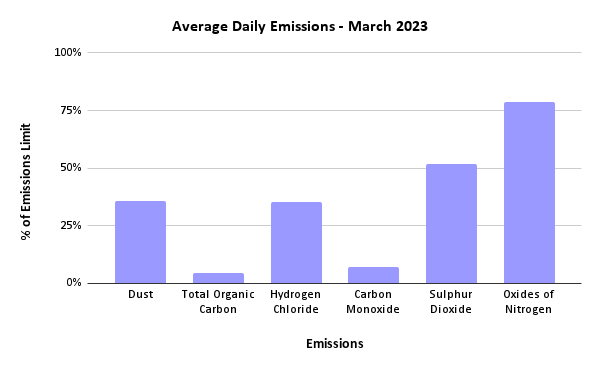
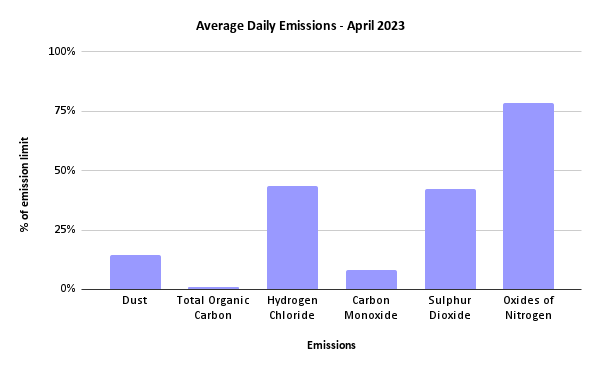
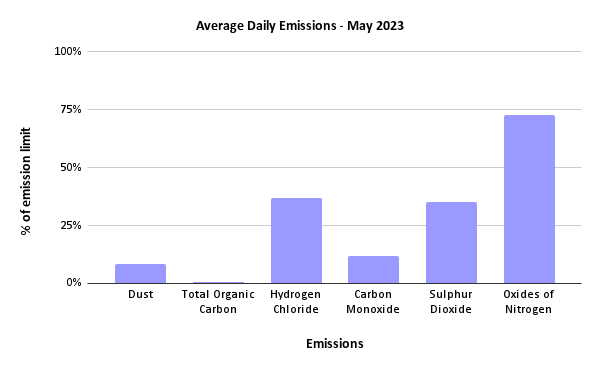
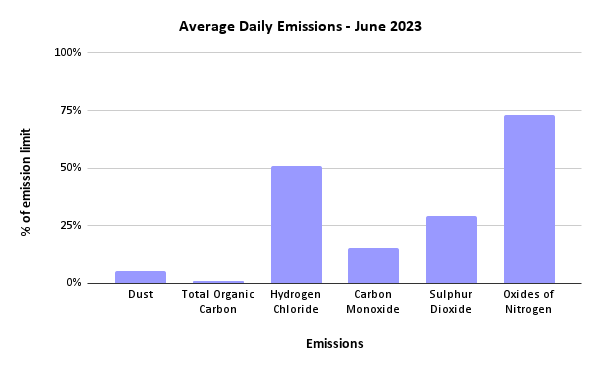
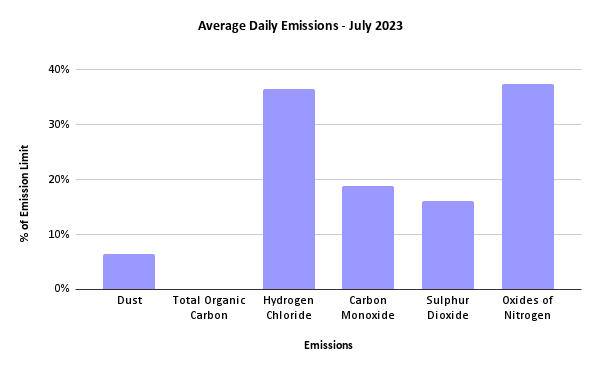
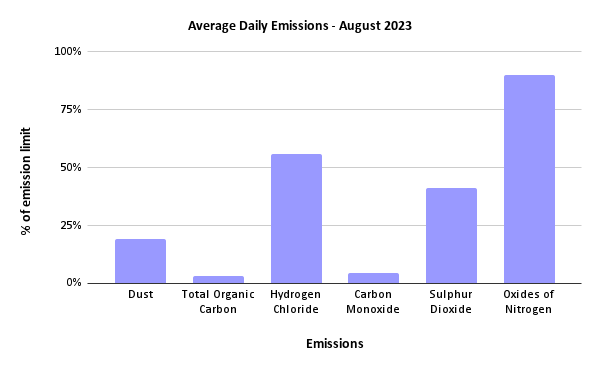
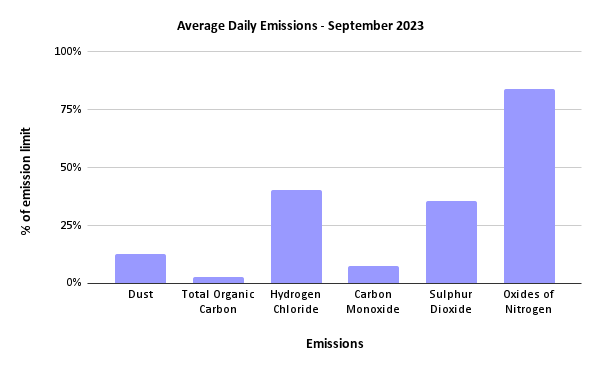
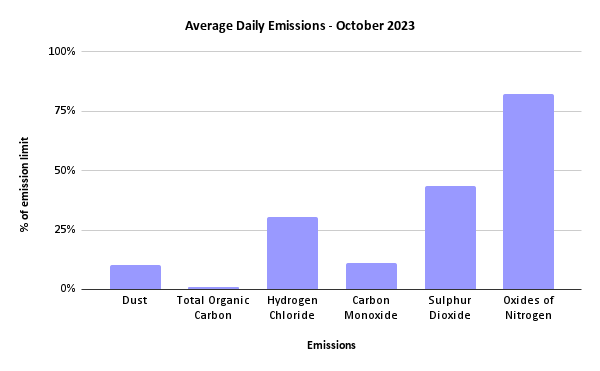
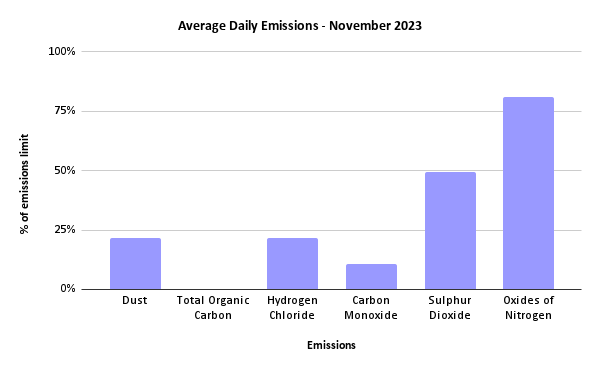
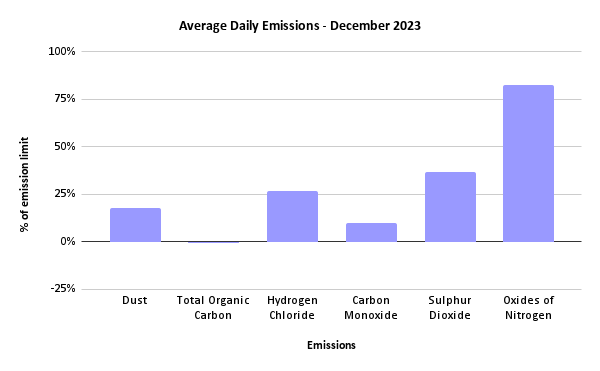
2022
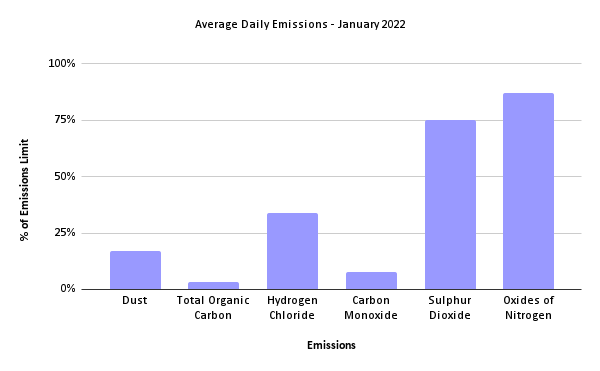
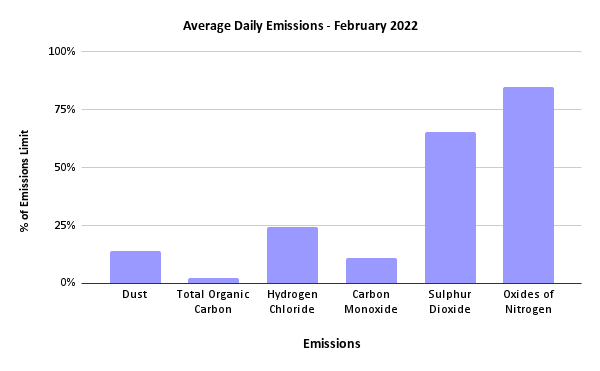
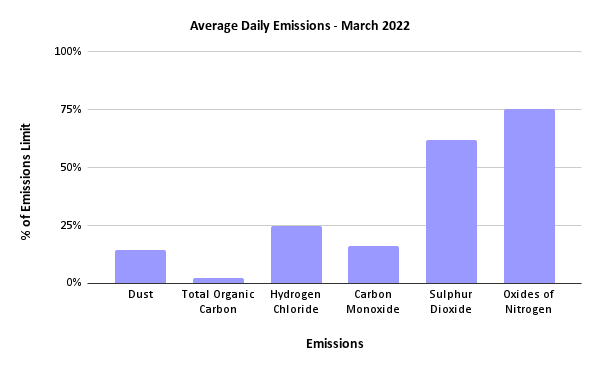
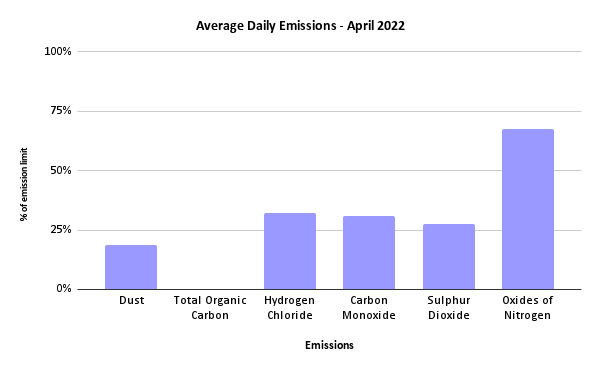
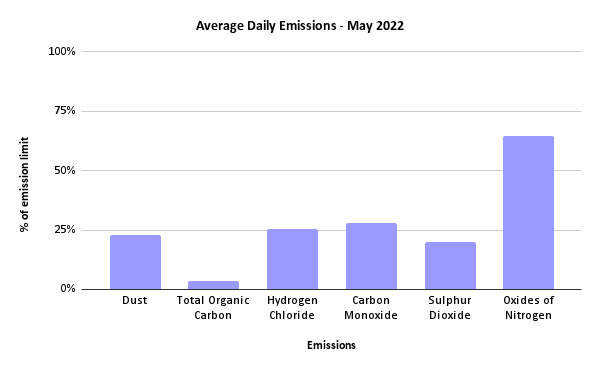
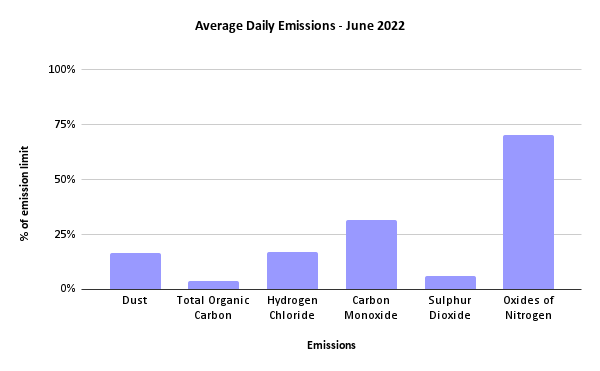
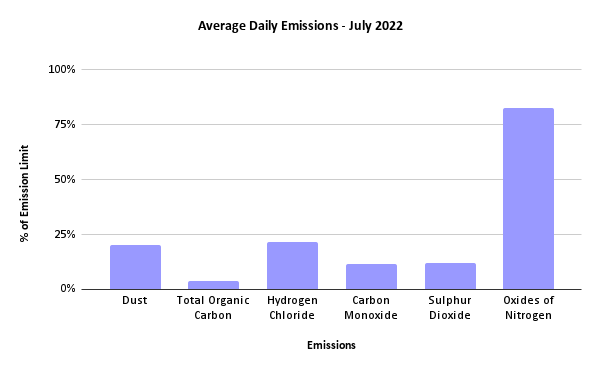
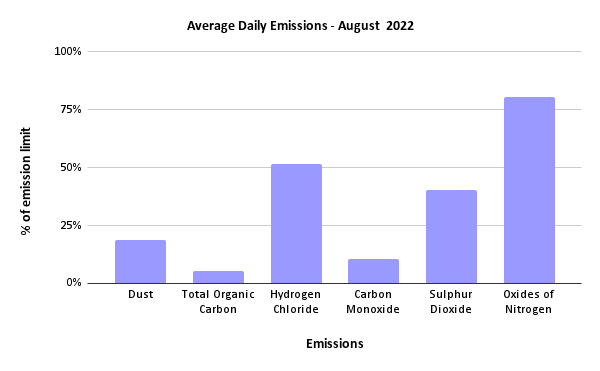
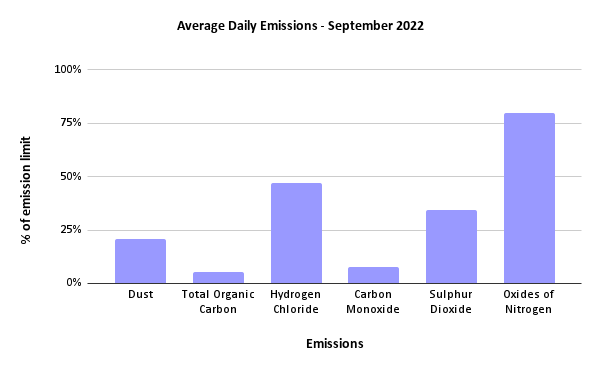
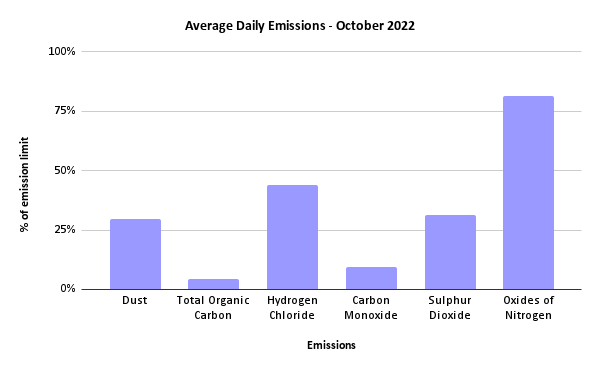
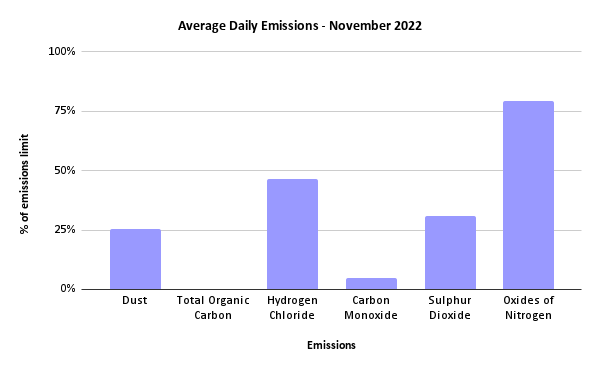
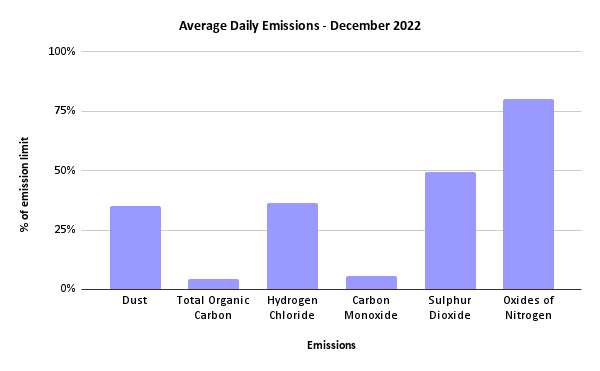
2021
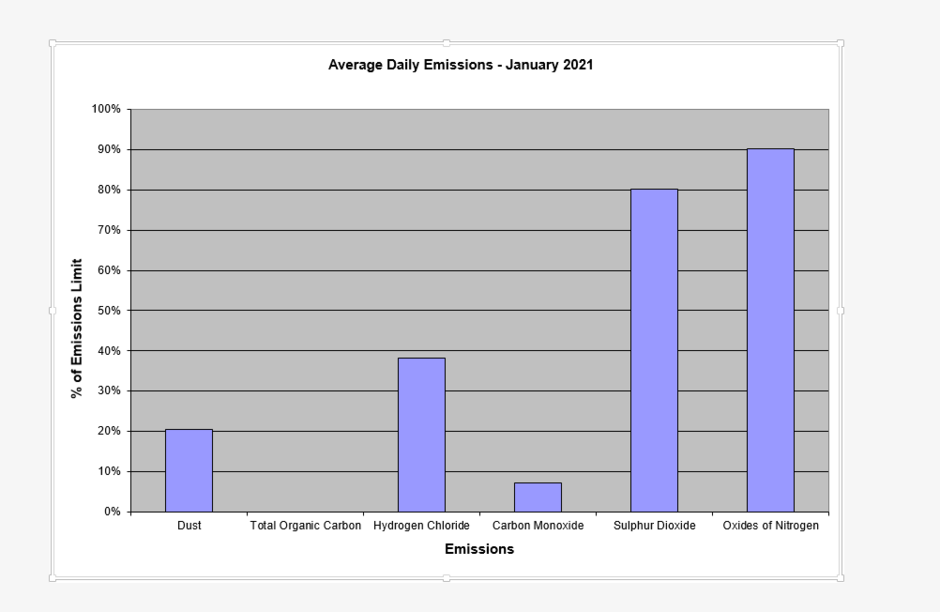
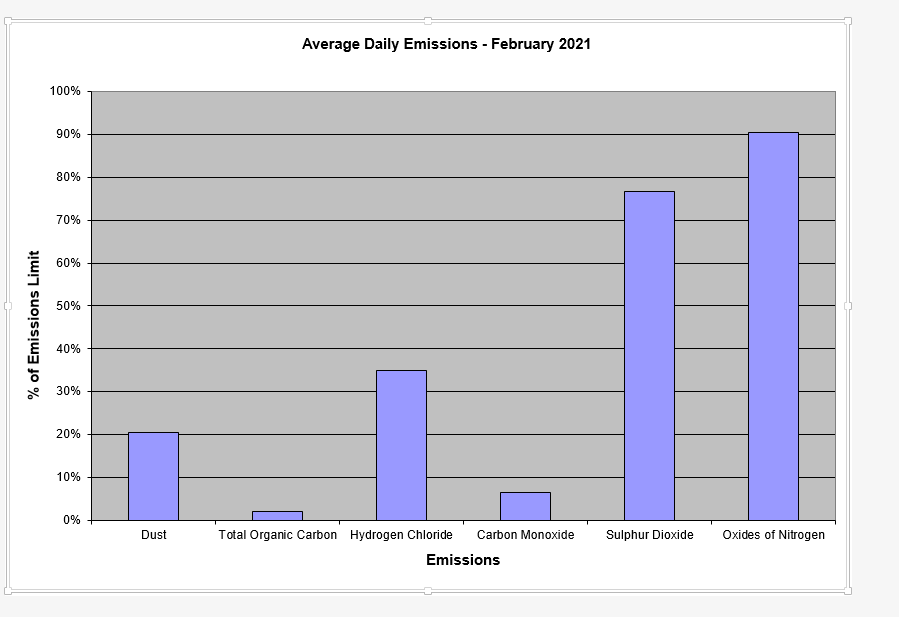
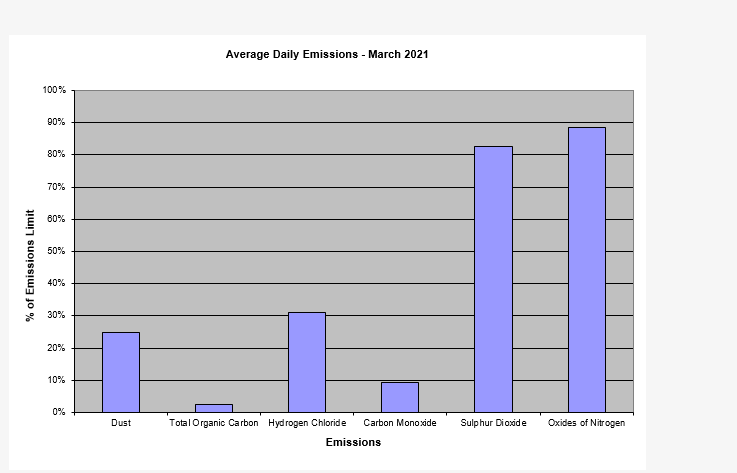
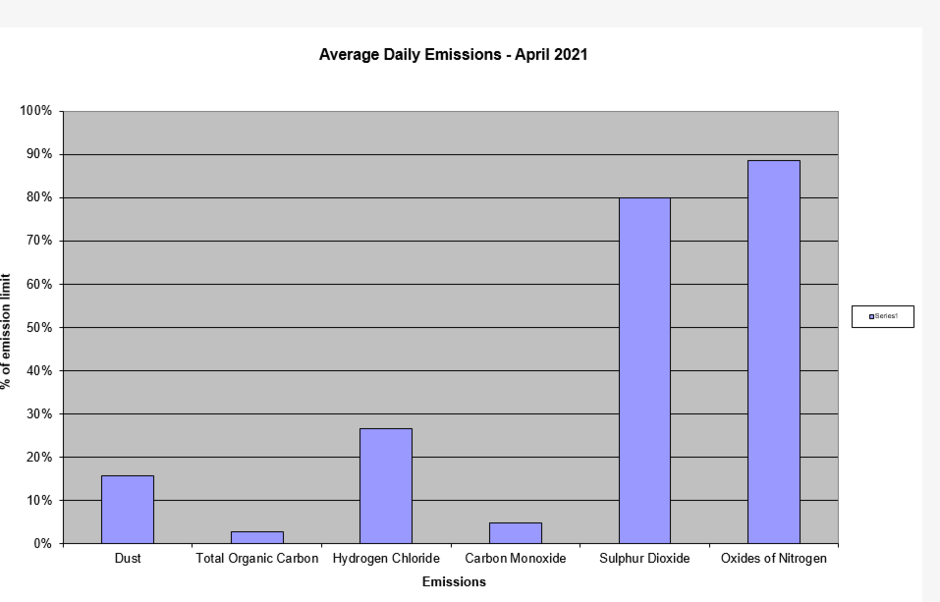
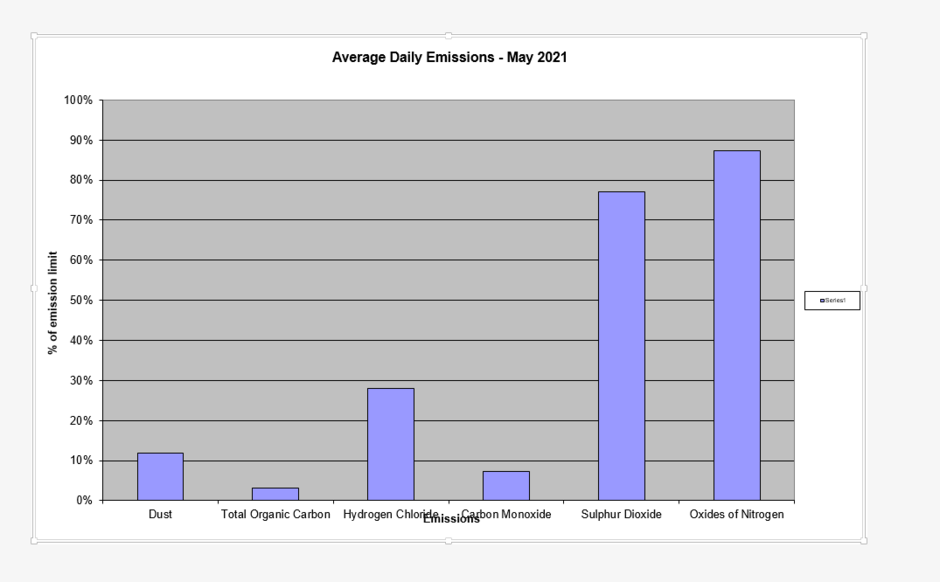
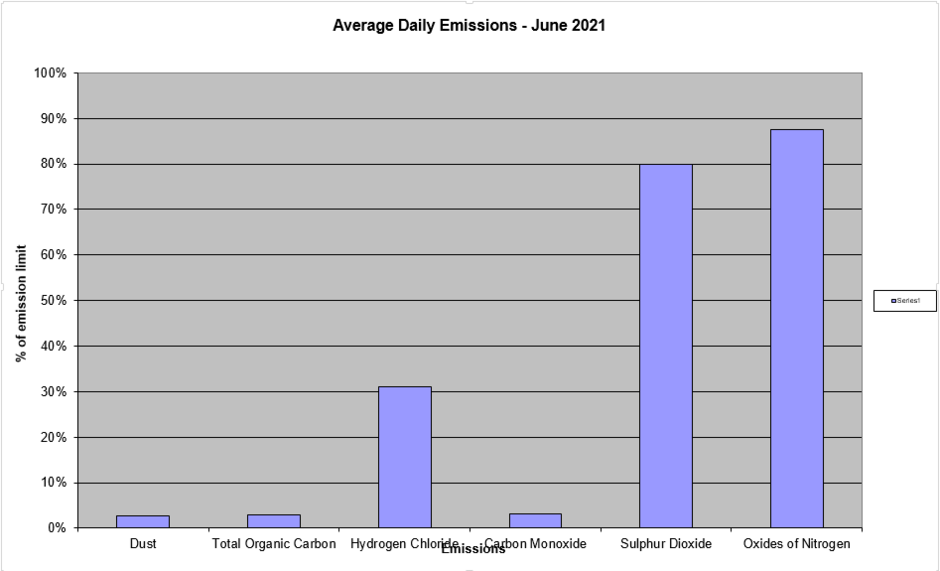
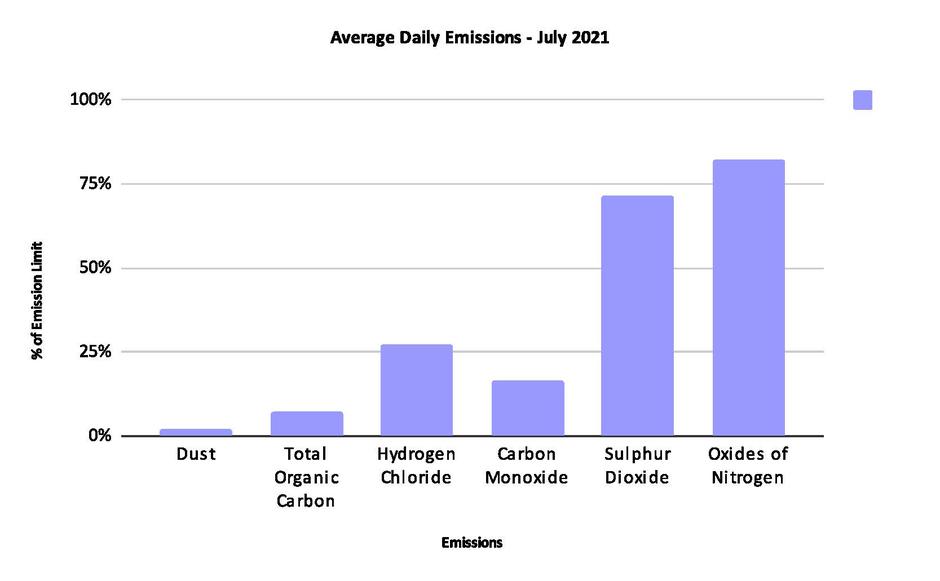
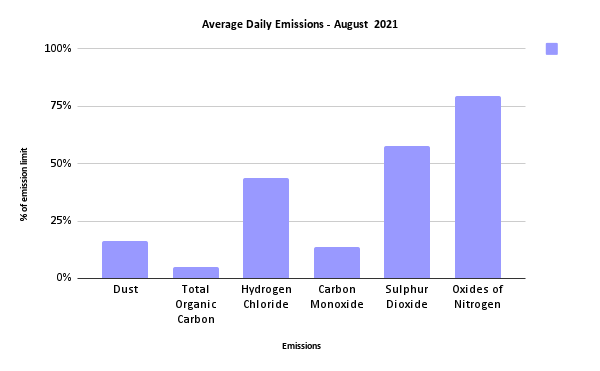
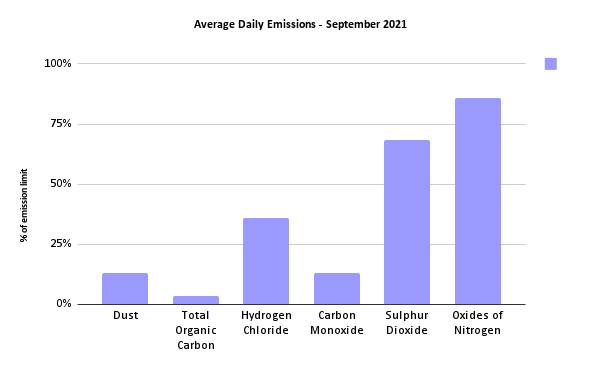
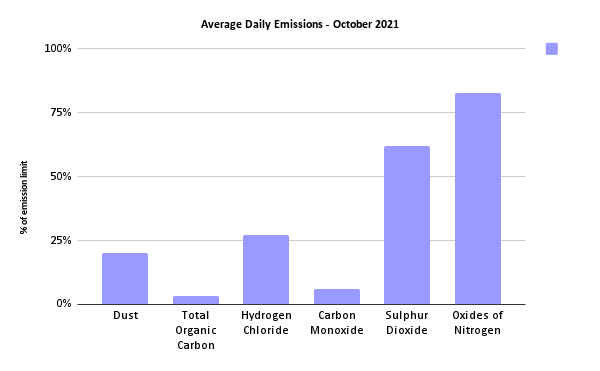
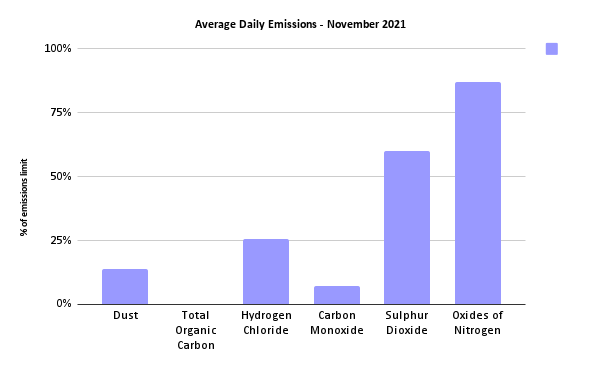
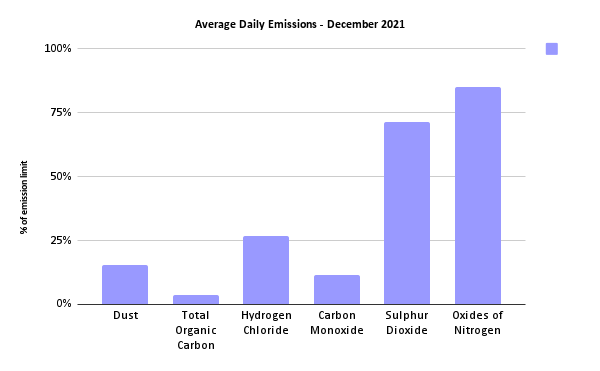
2020
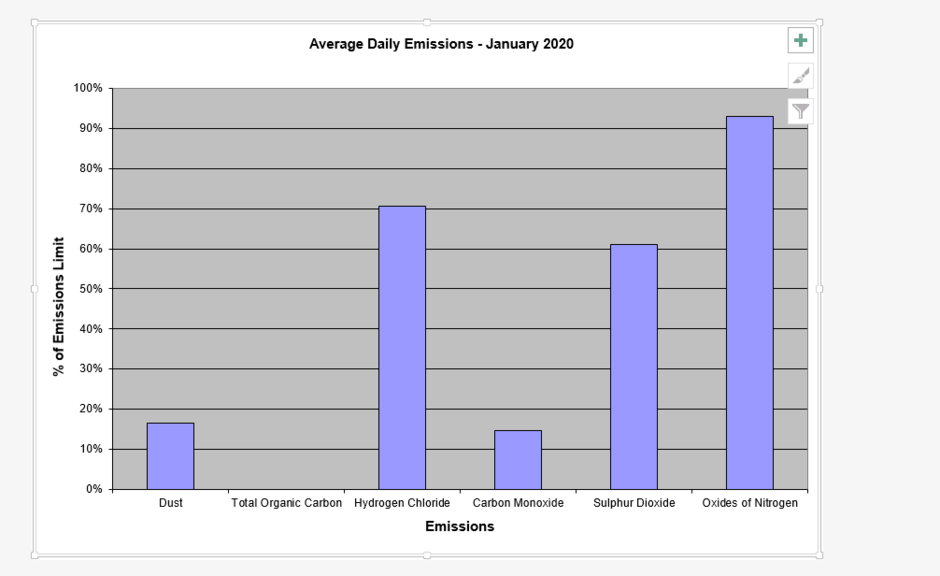
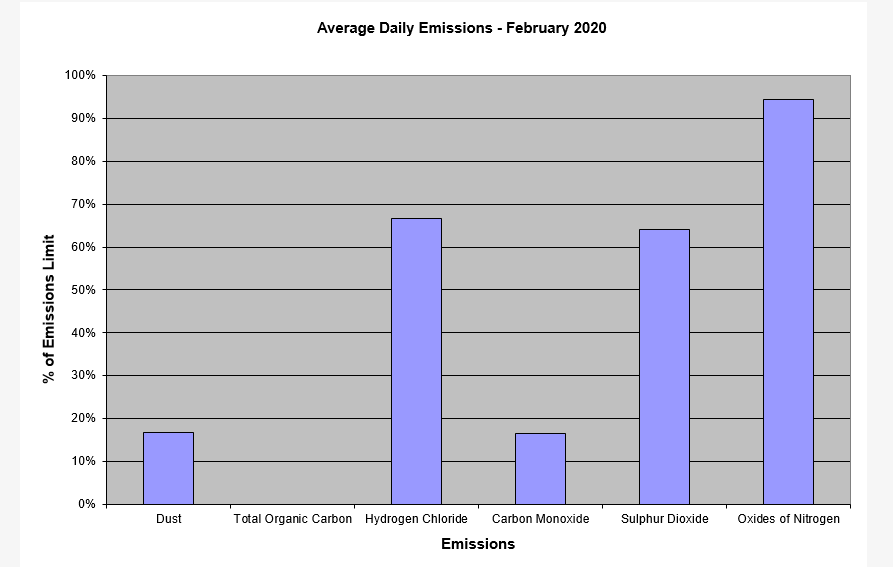
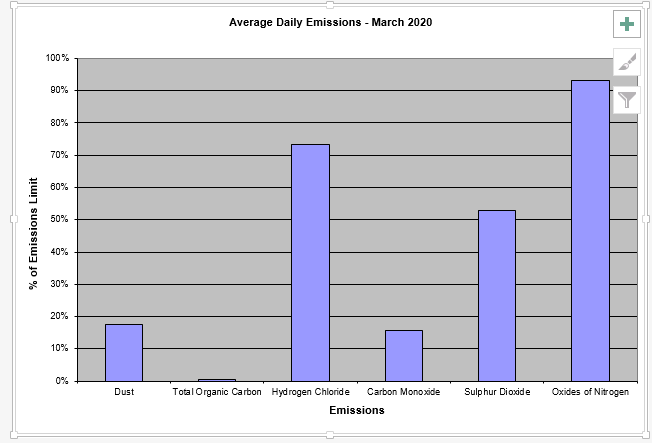
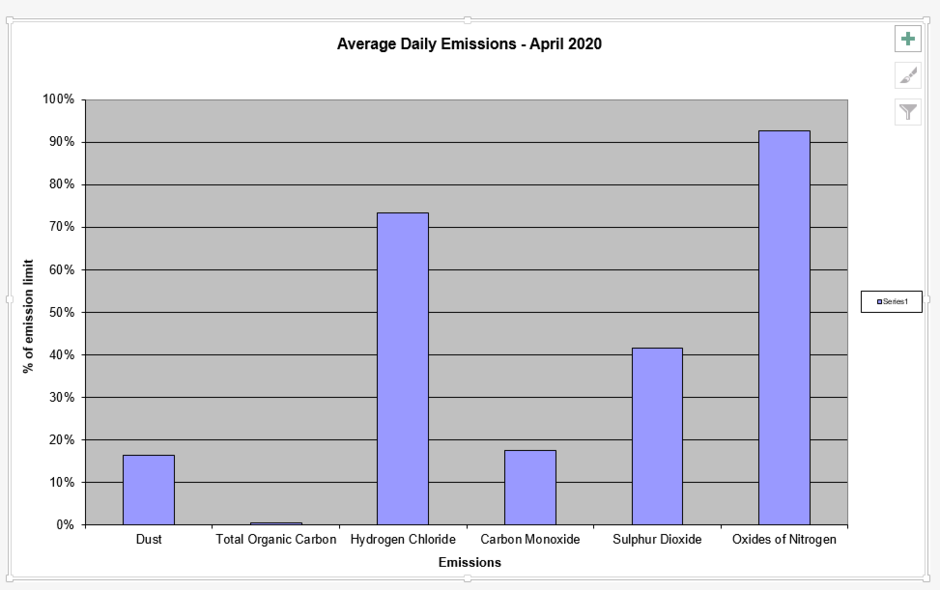
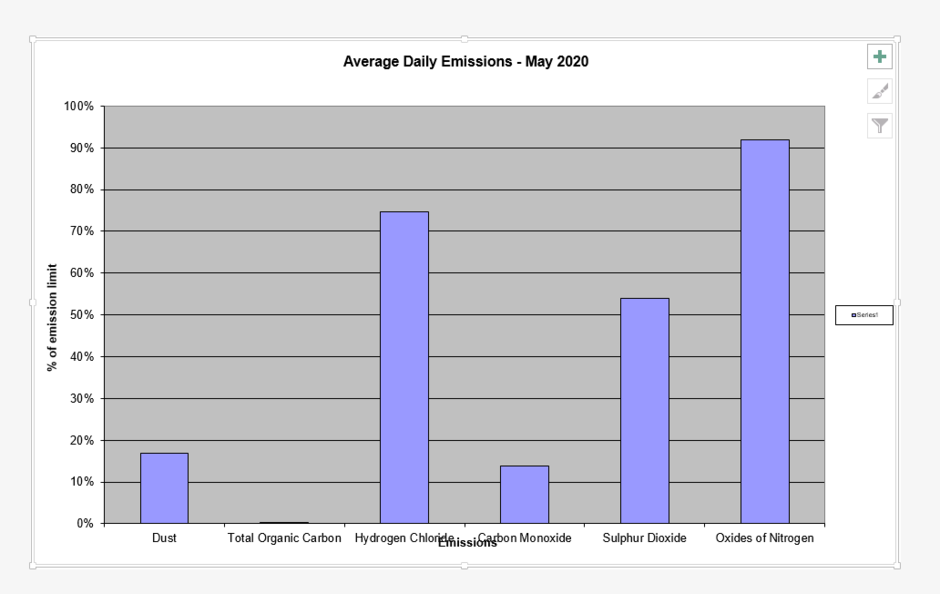
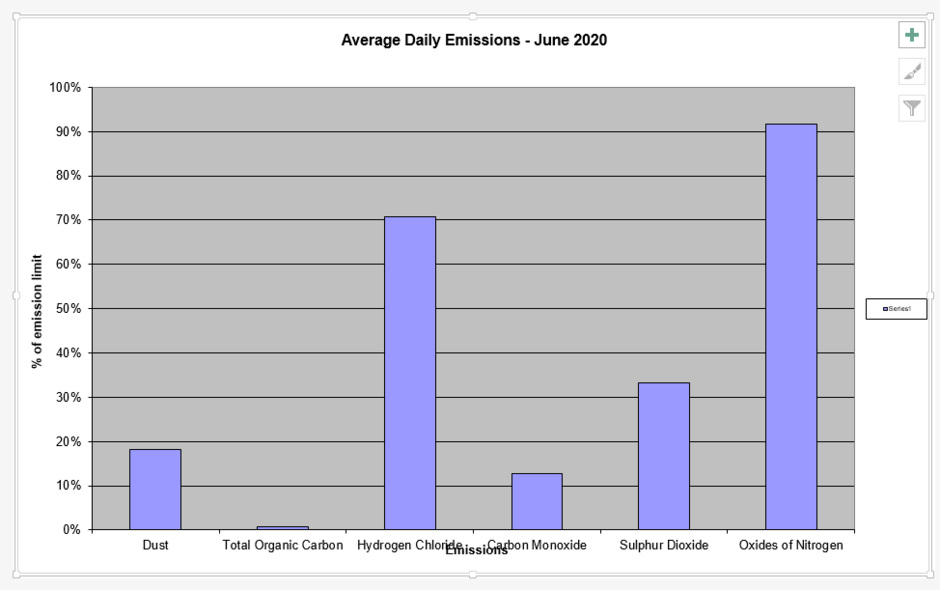
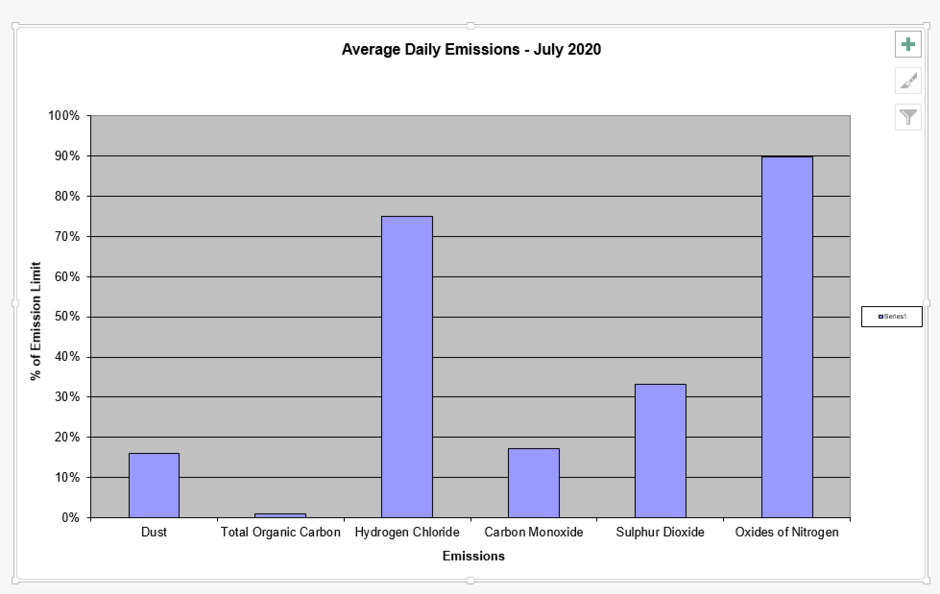
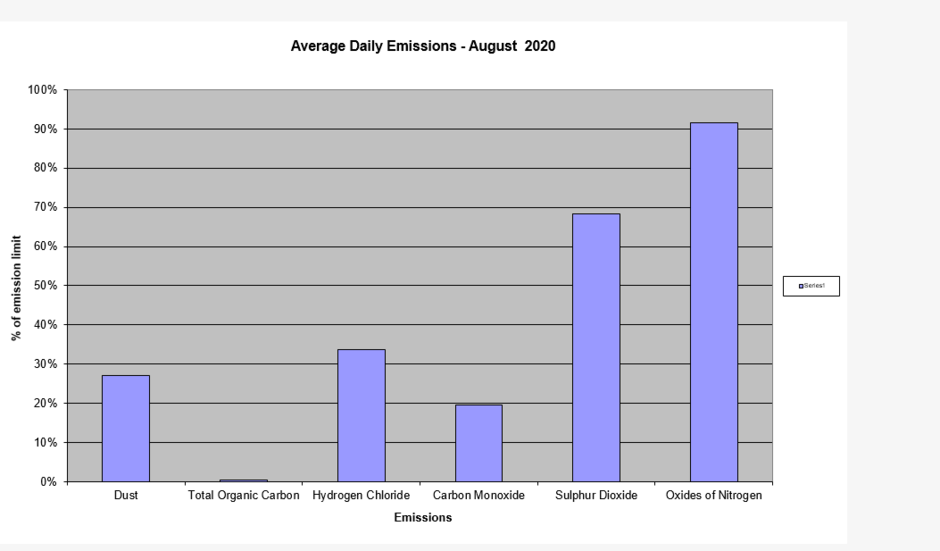
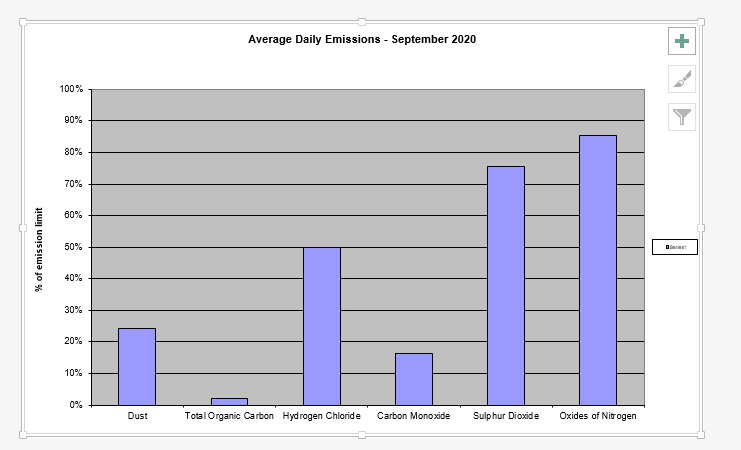
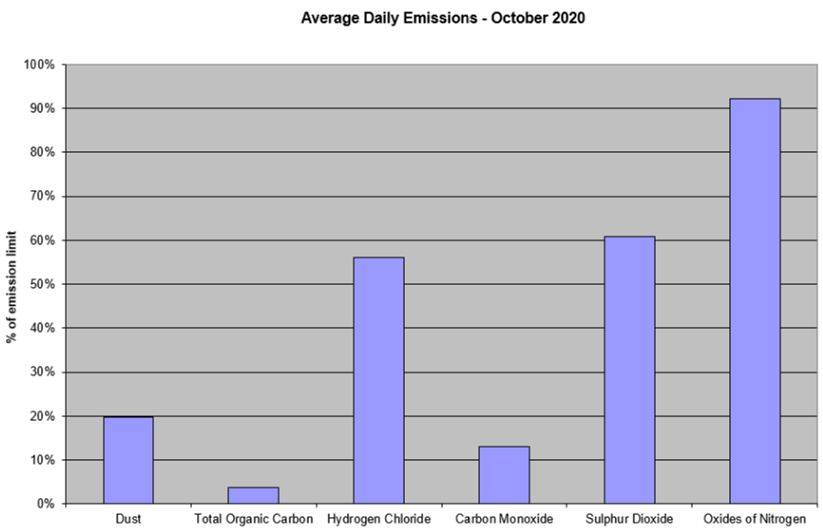
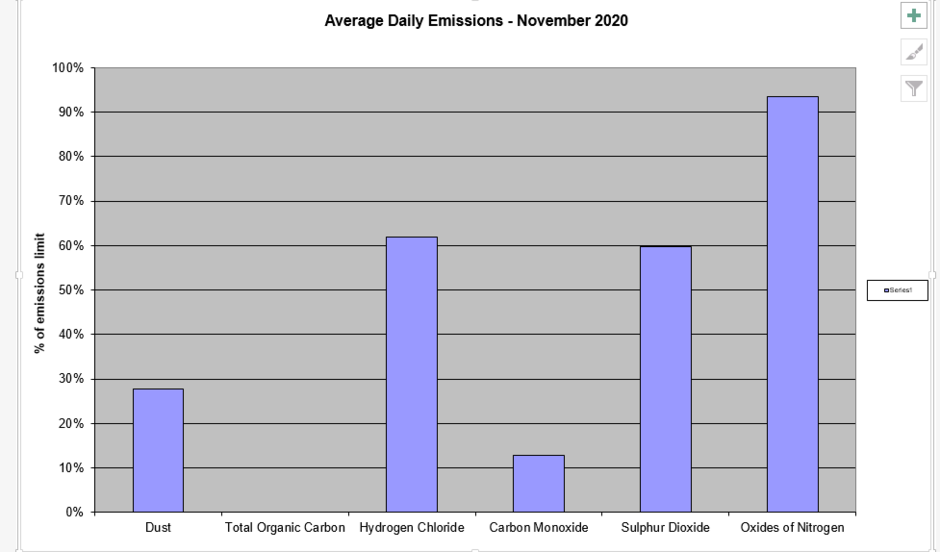
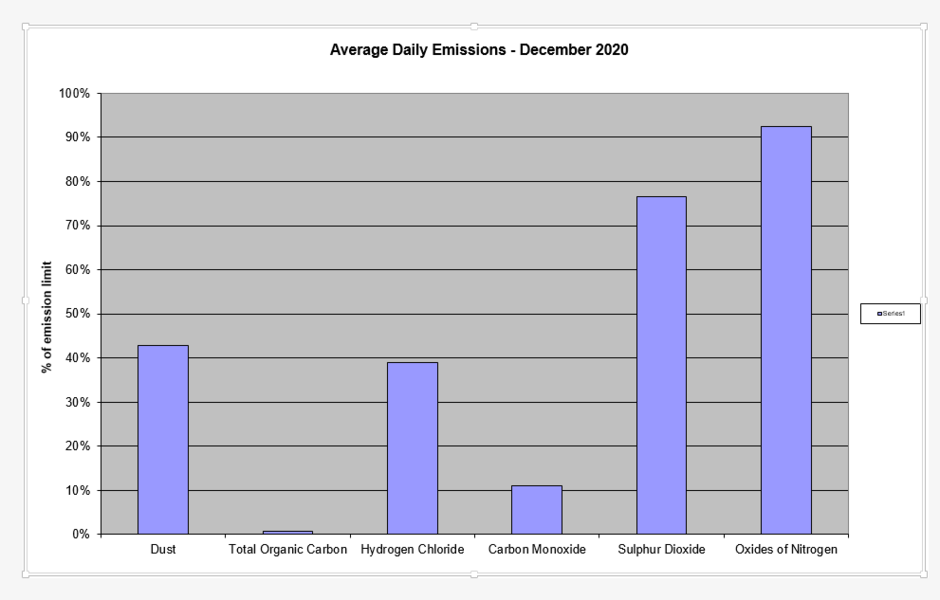
2019
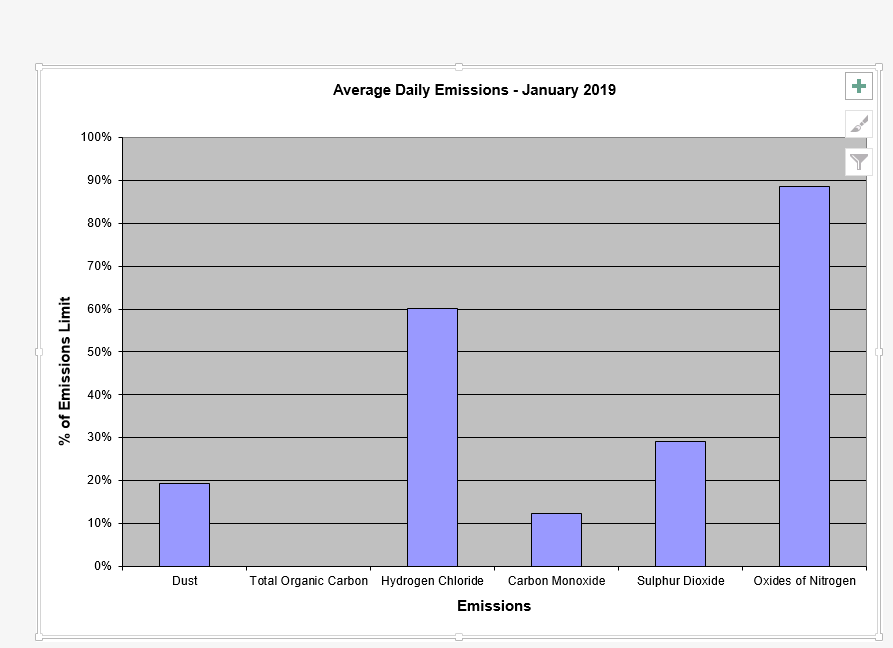
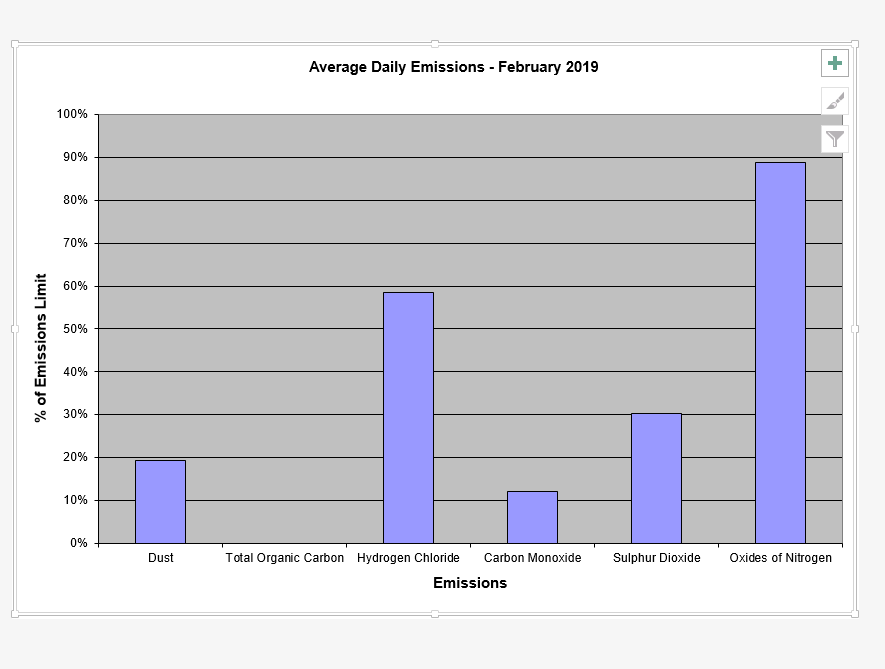
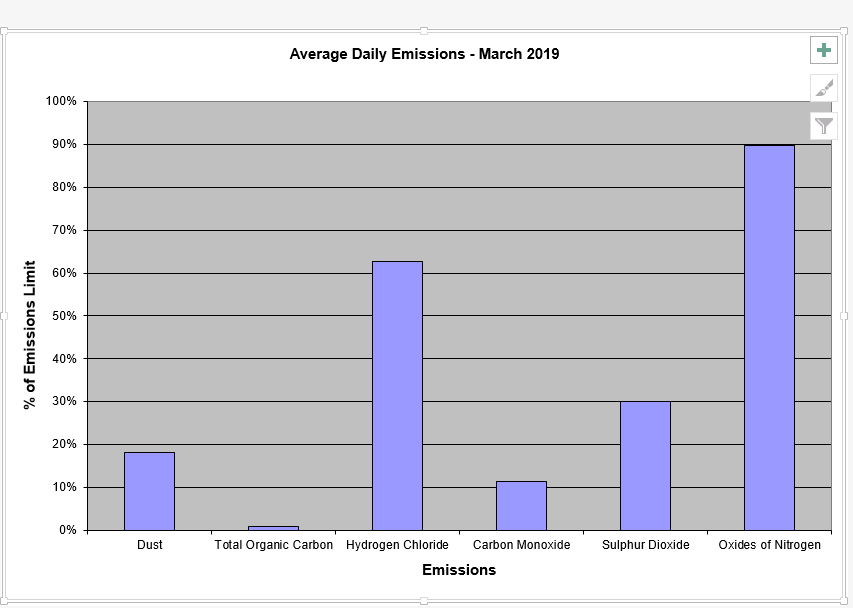
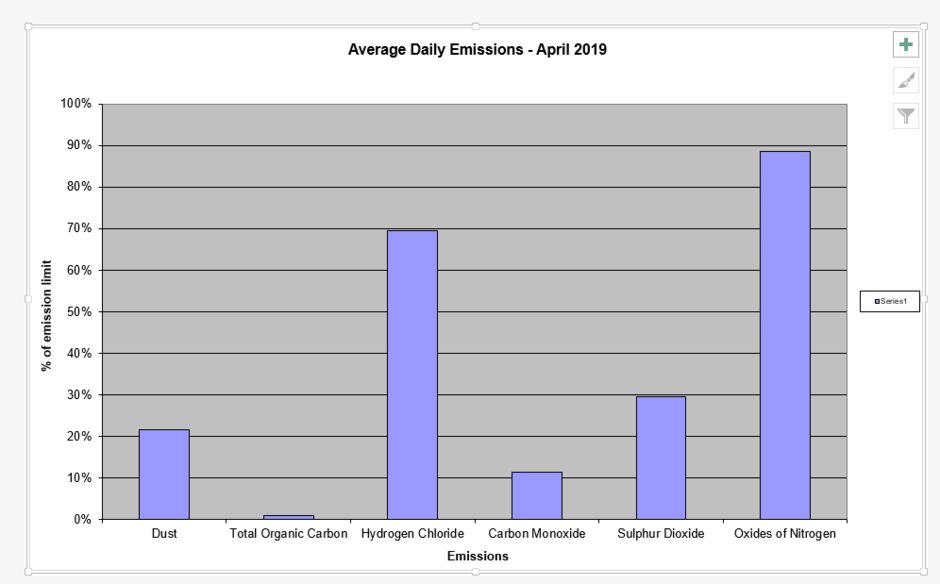
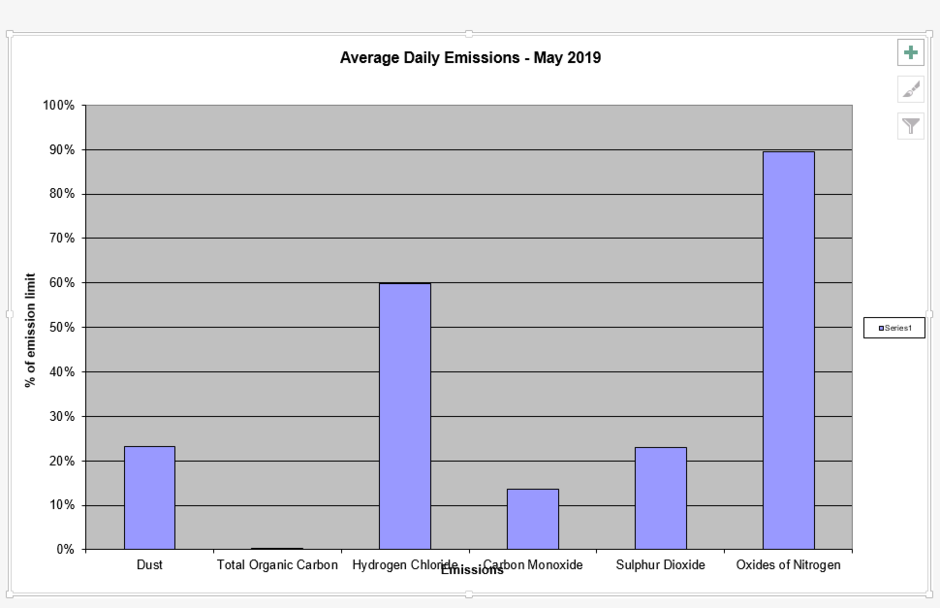
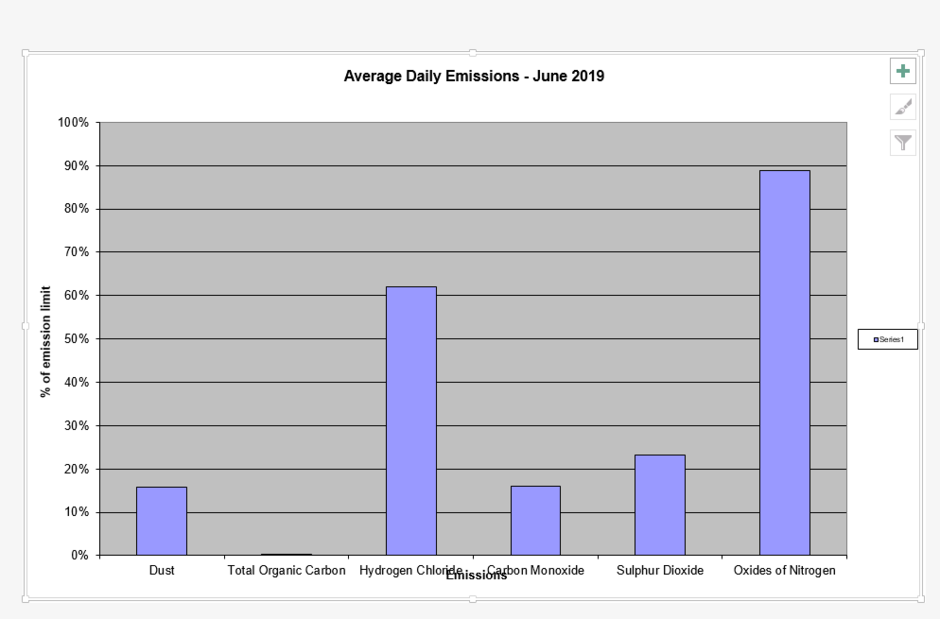
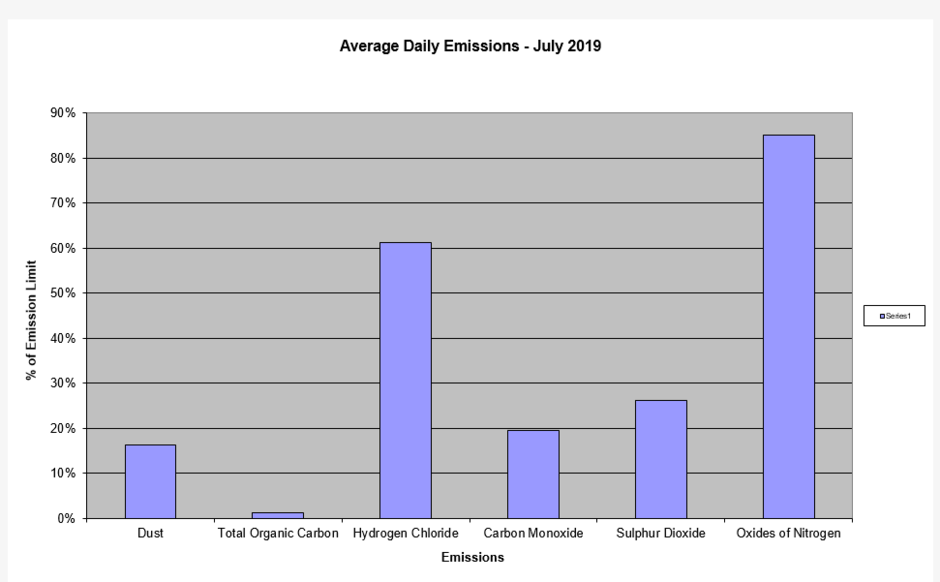
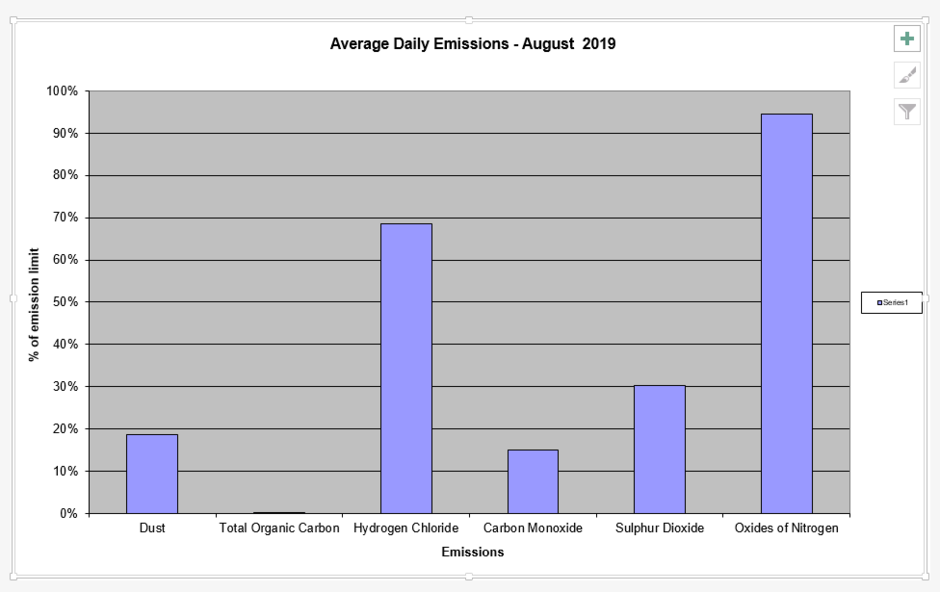
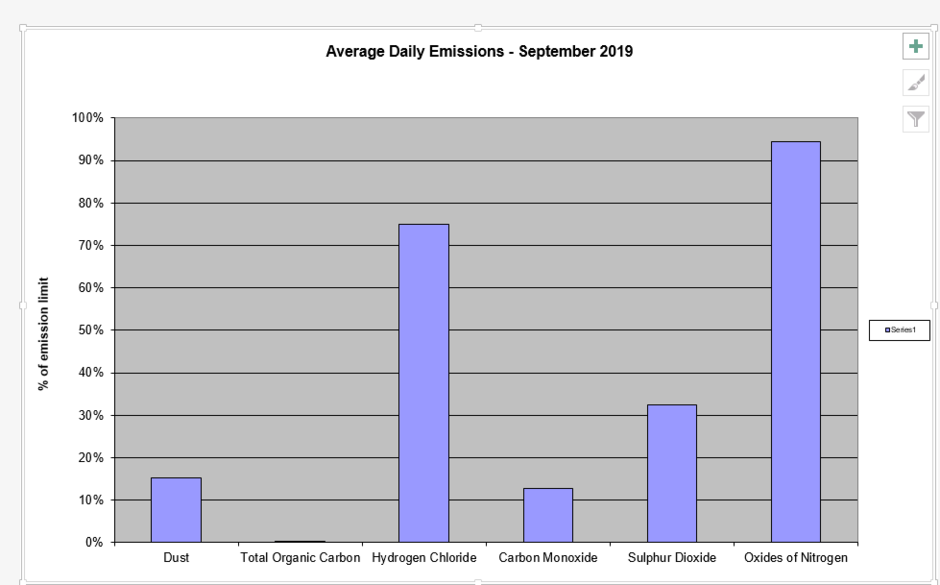
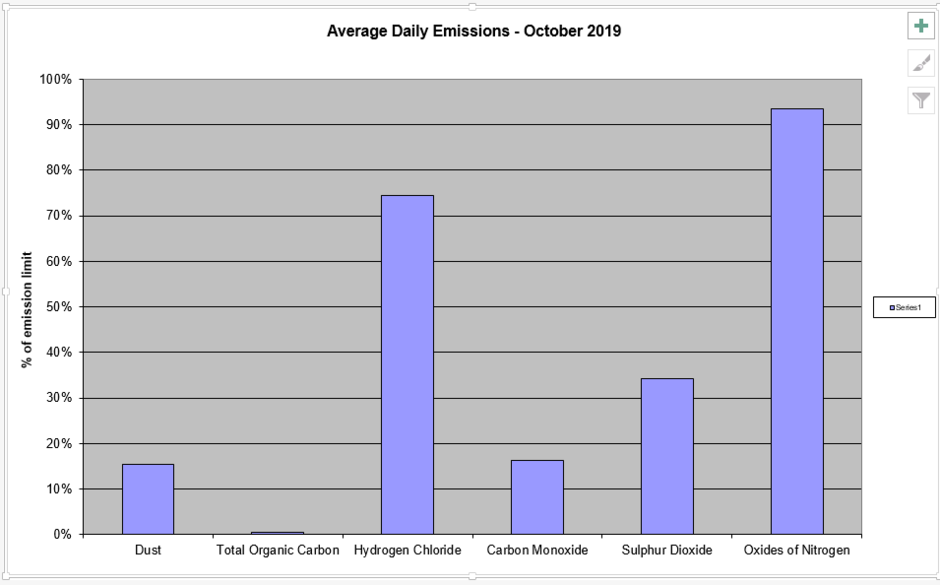
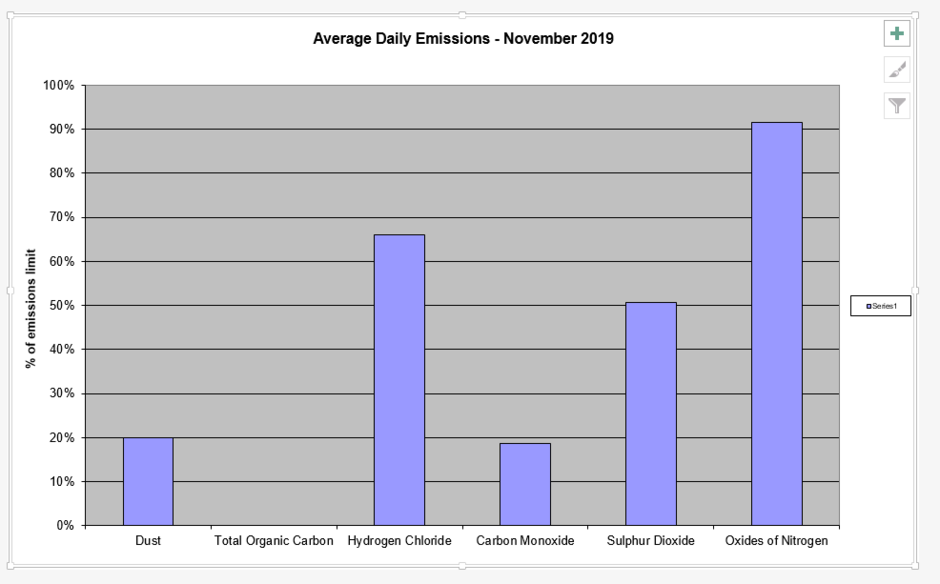
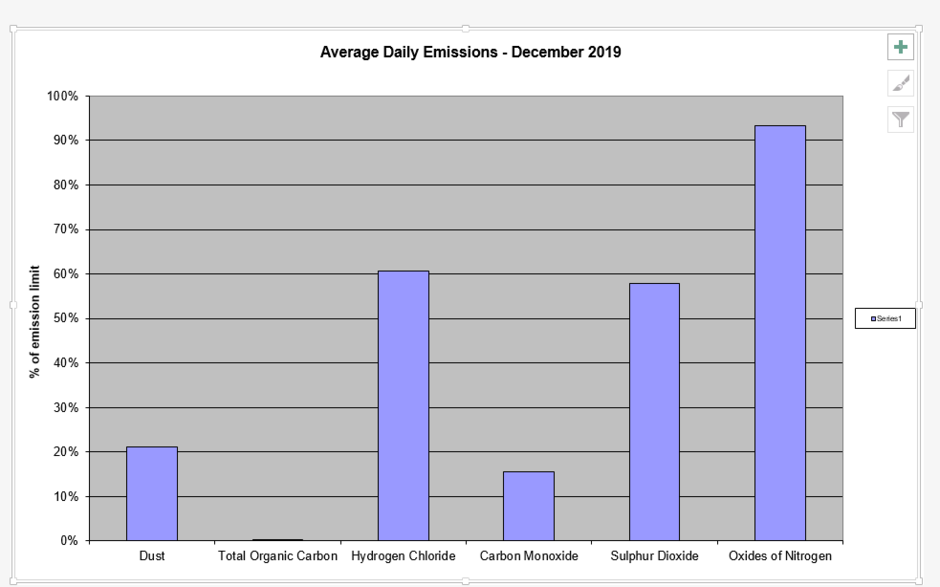
2018
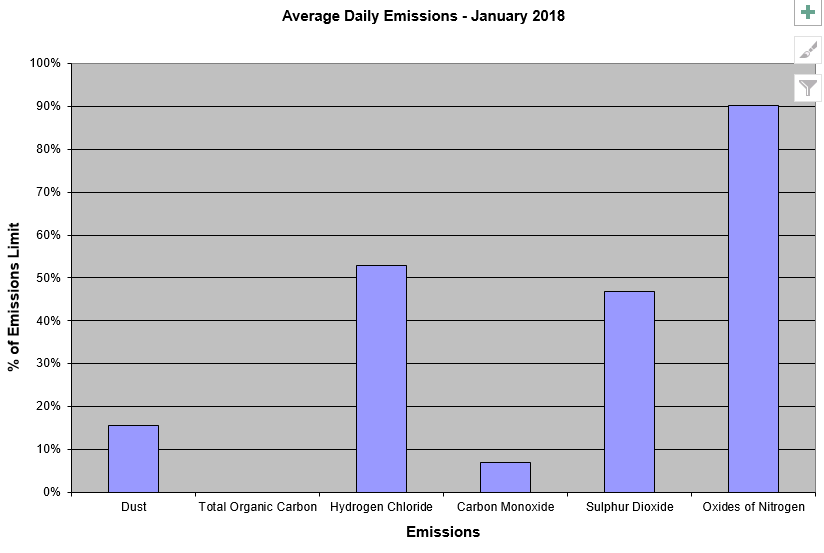
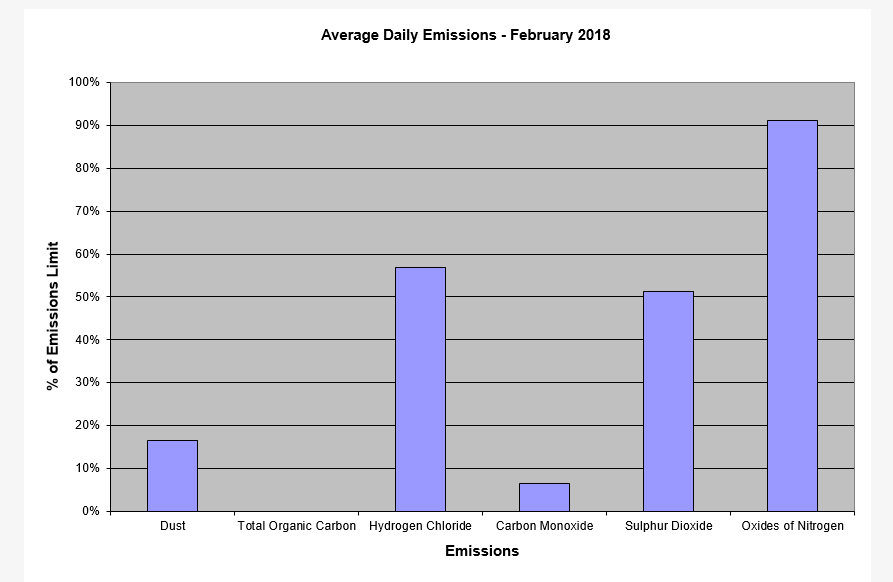
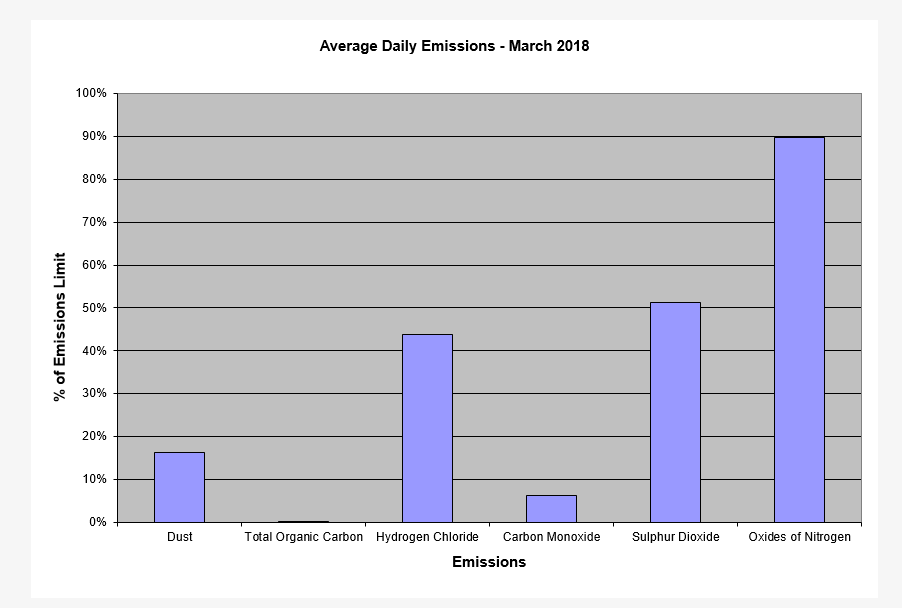
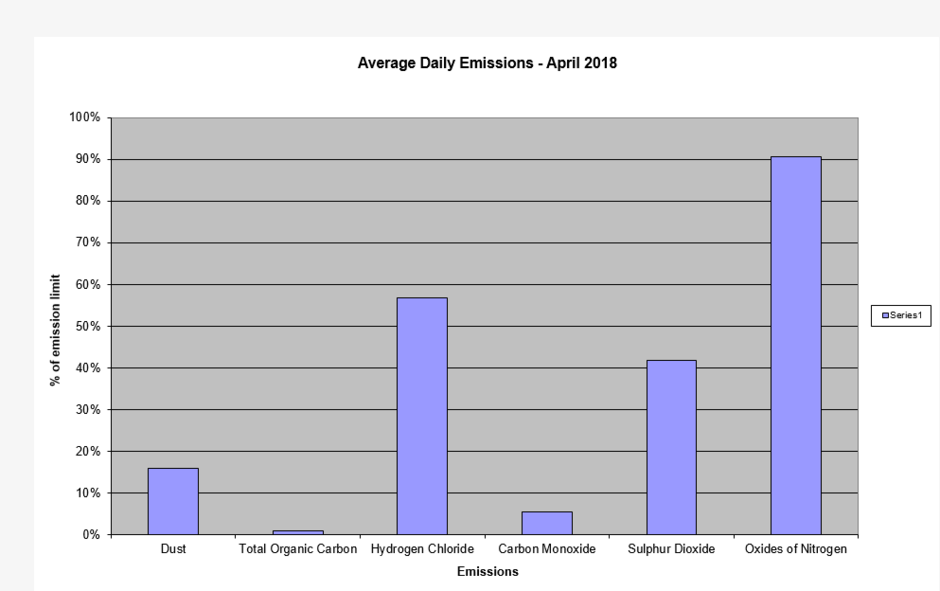
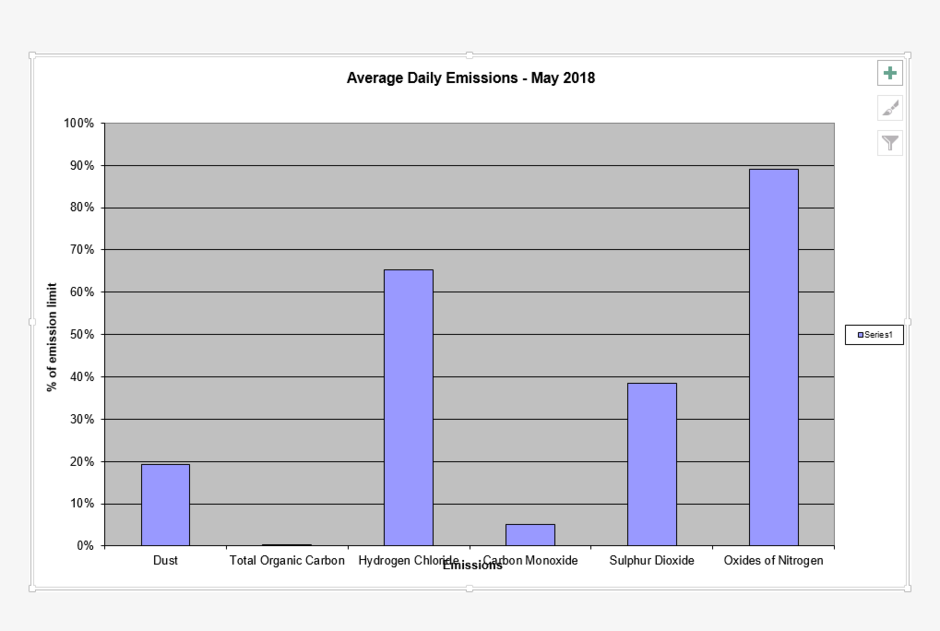
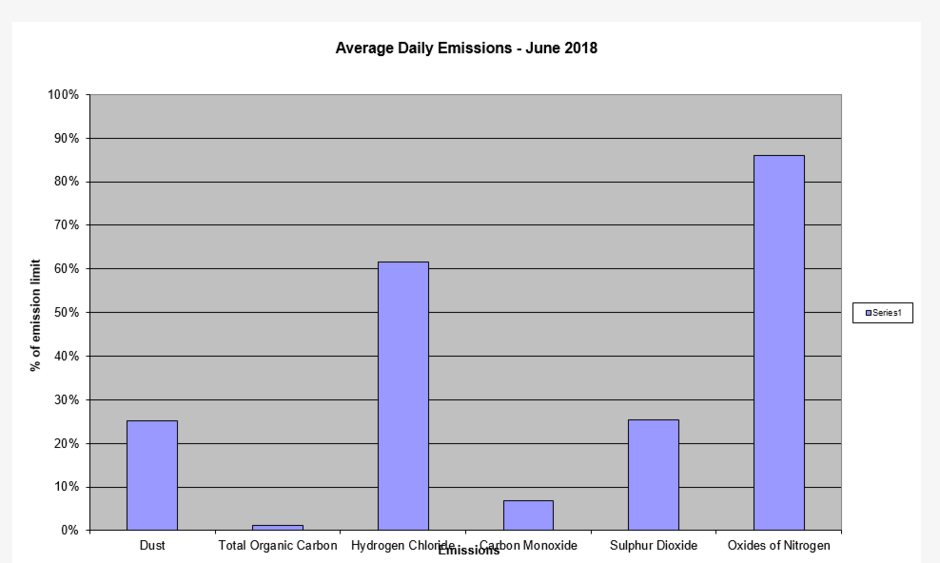
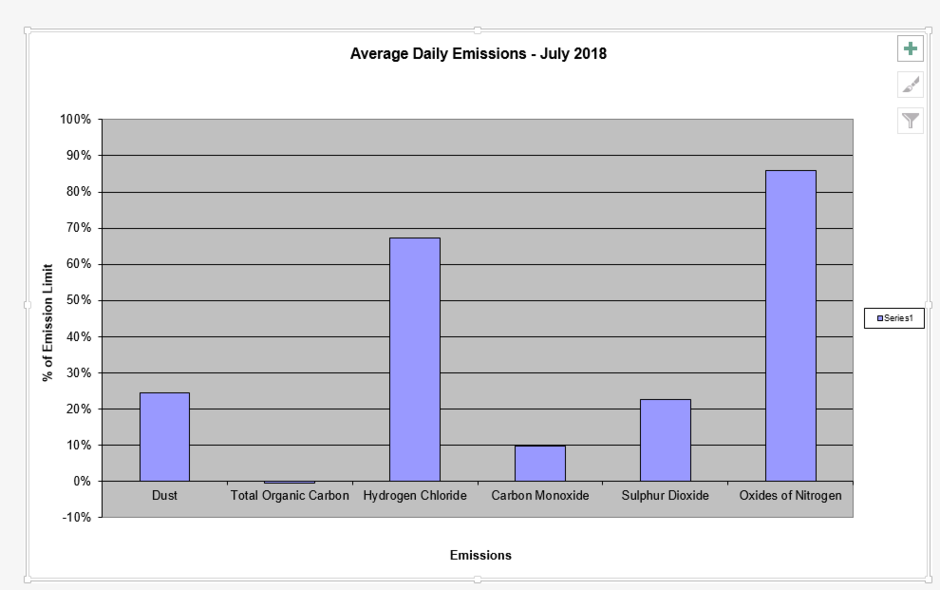
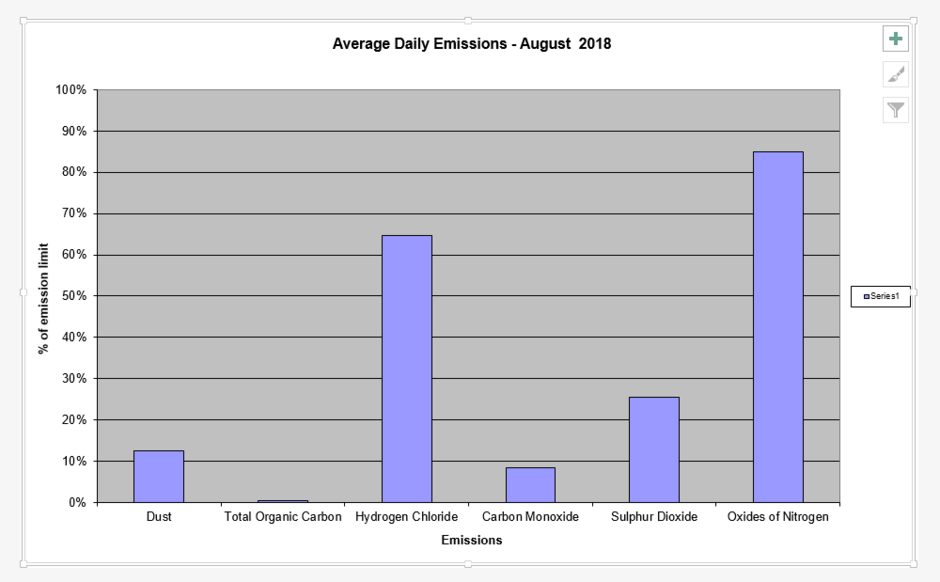
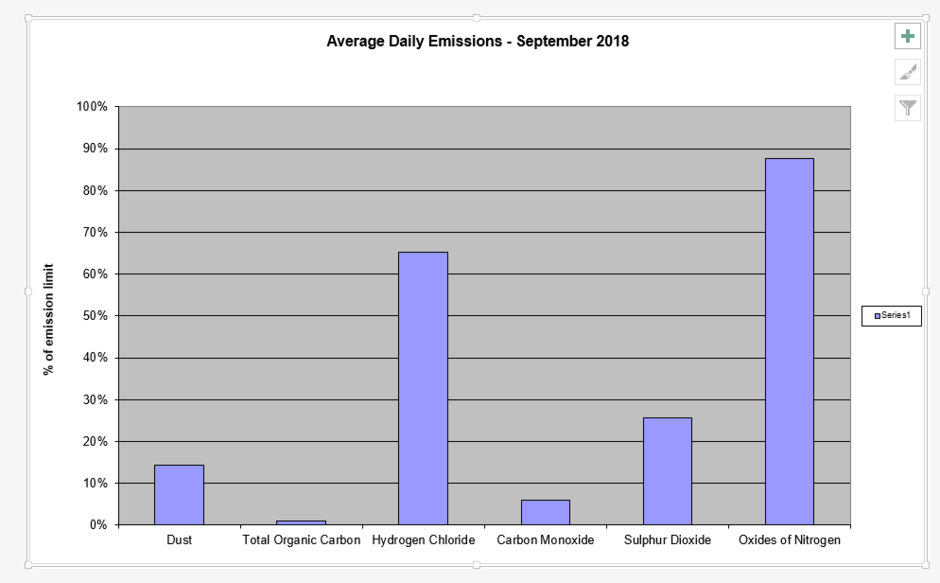
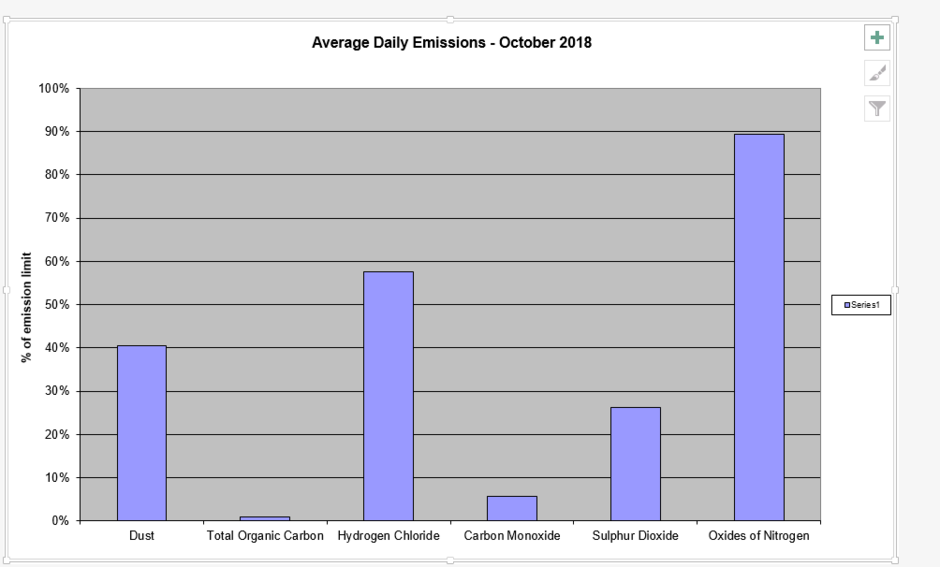
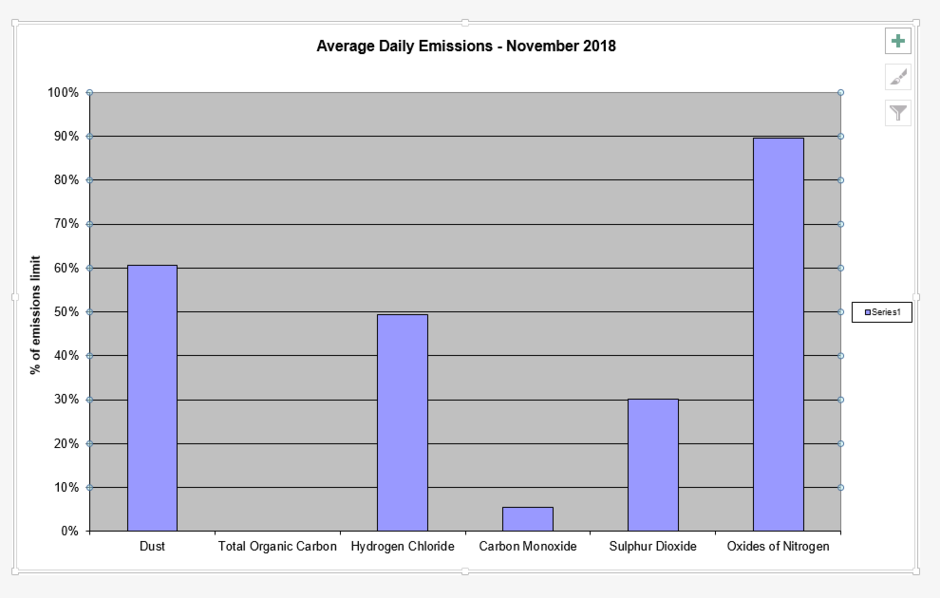
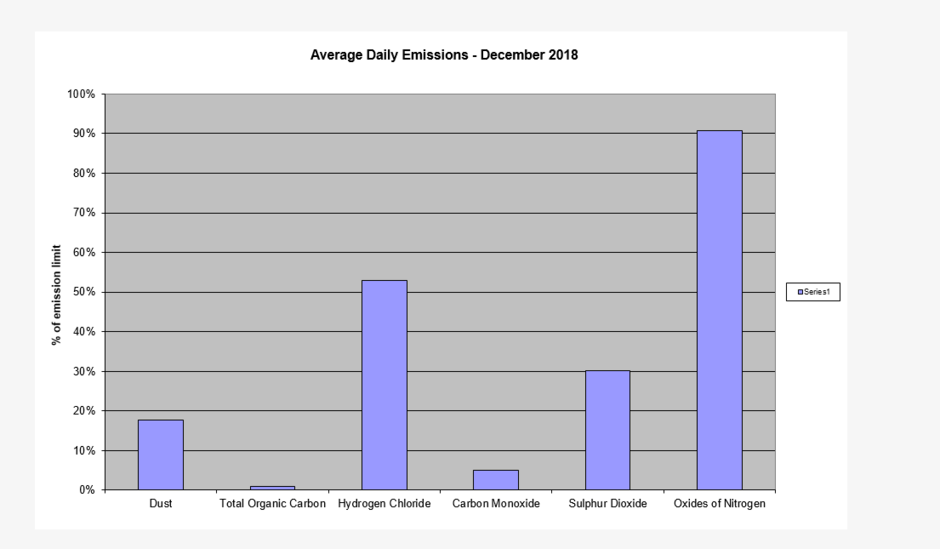
2017
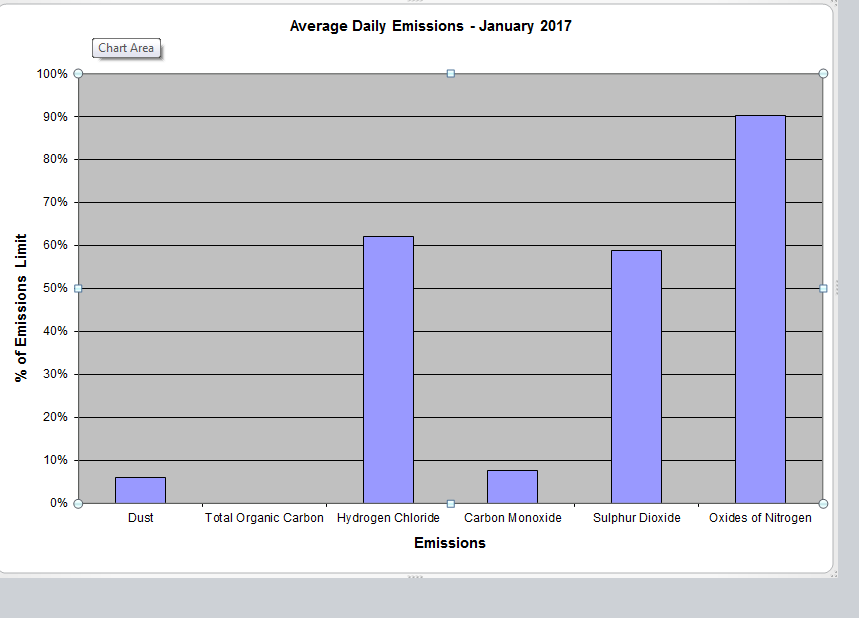
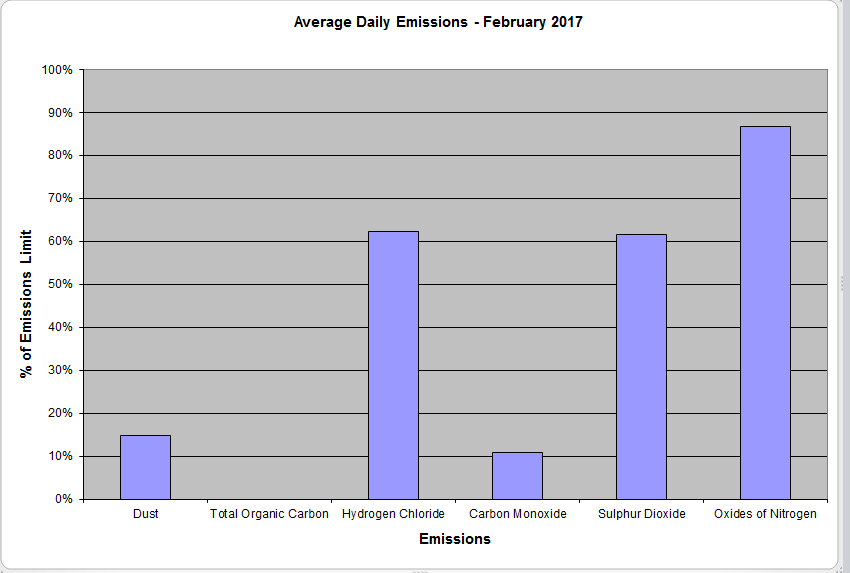
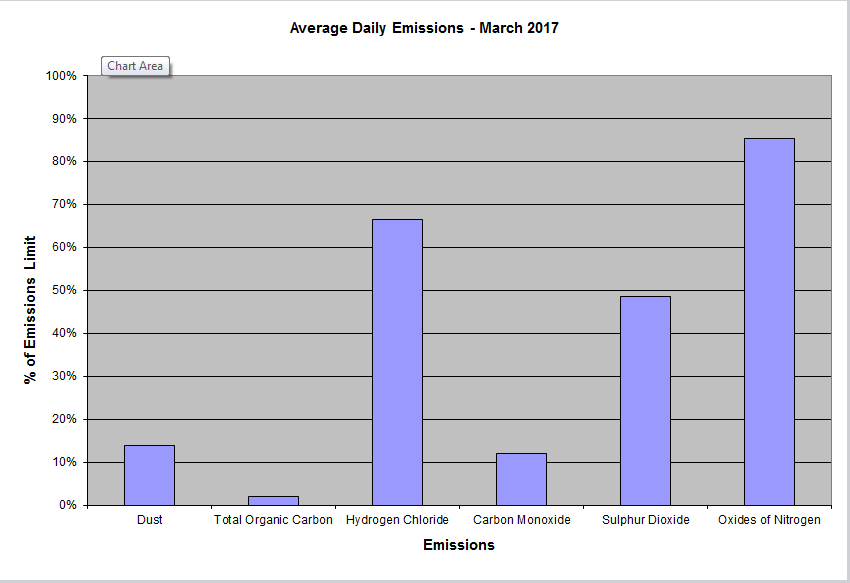
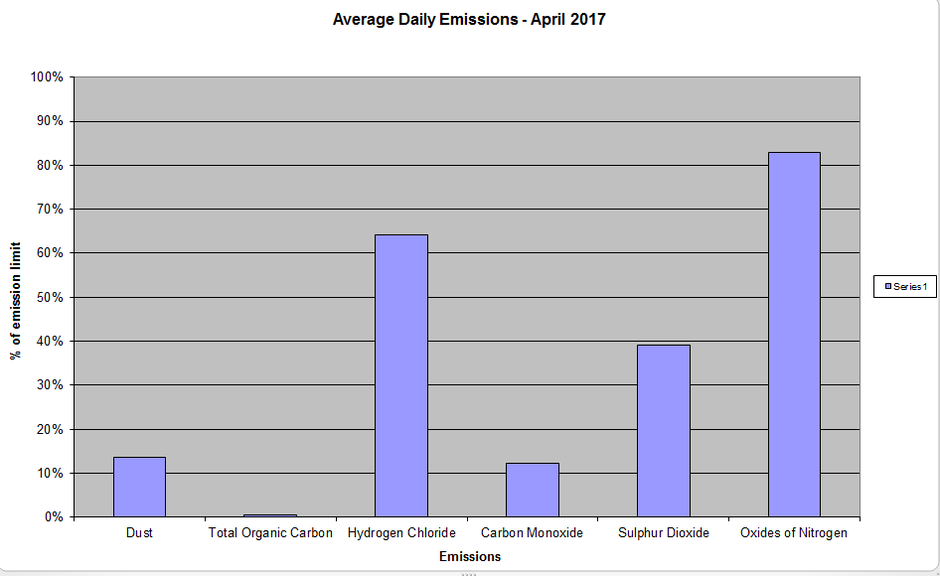
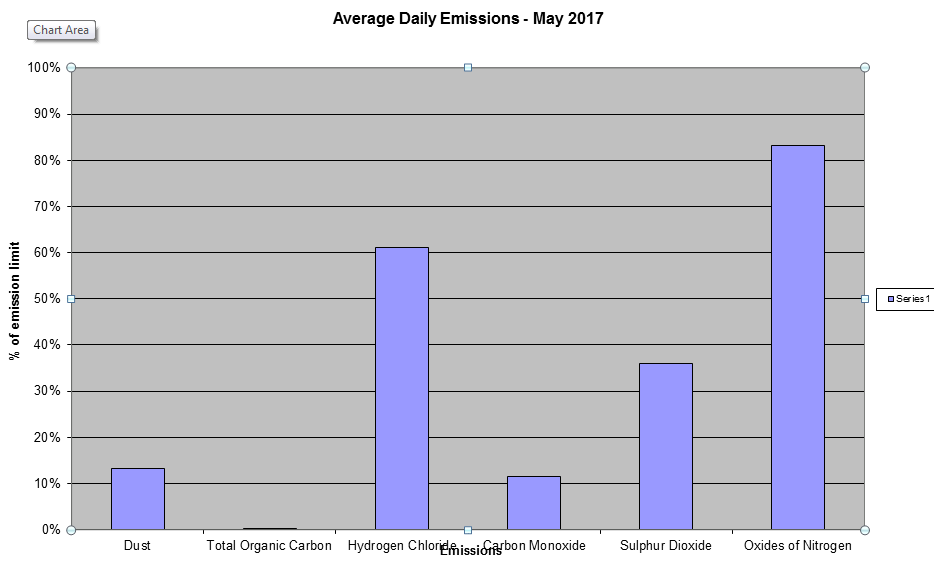
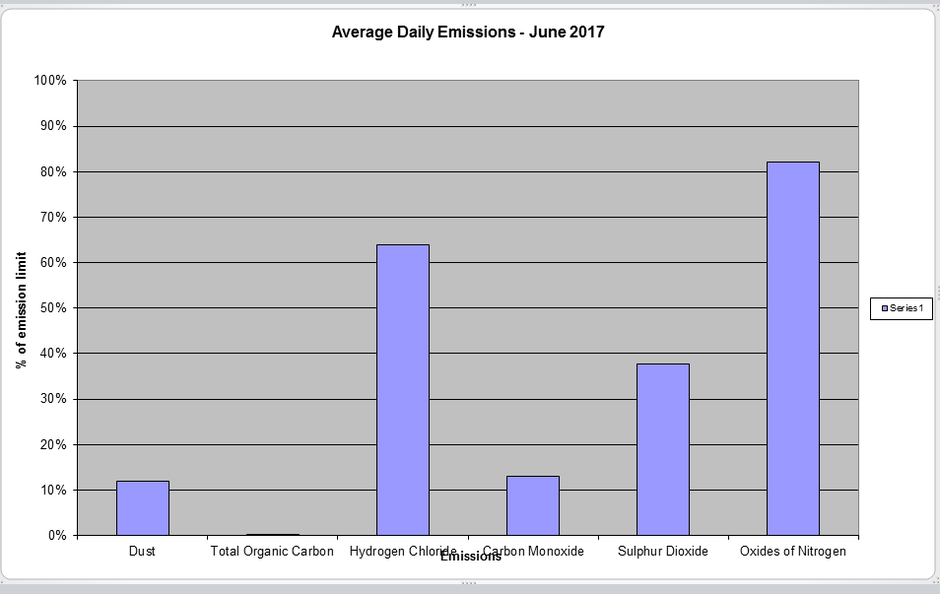
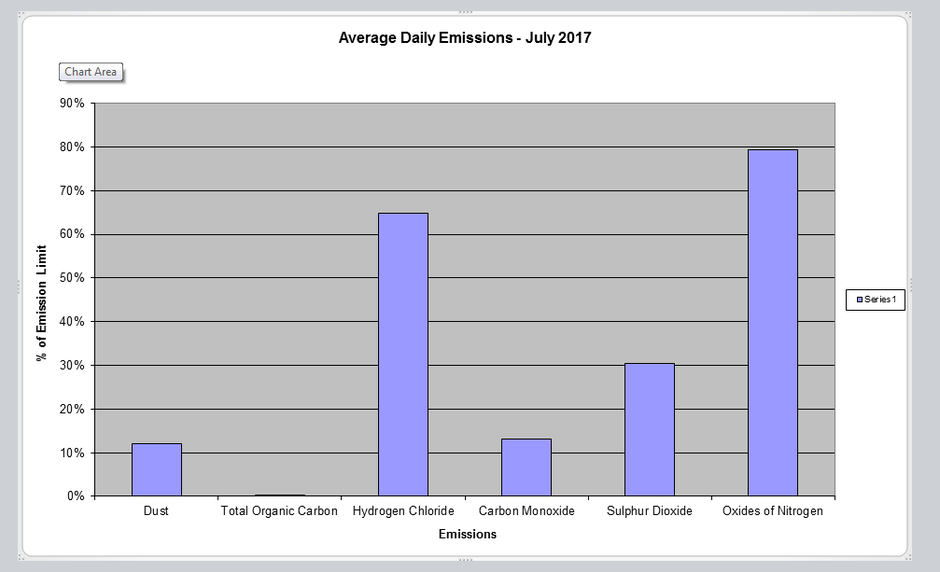
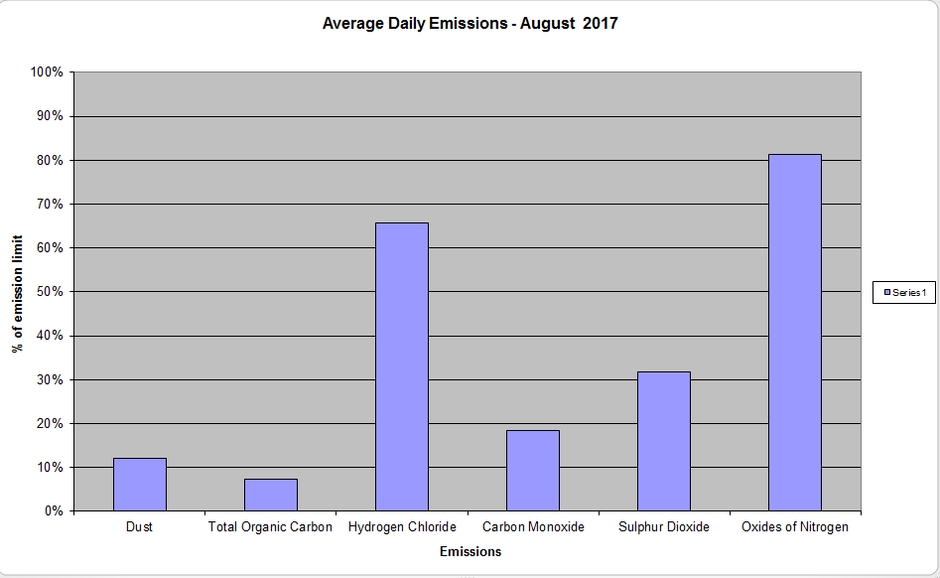
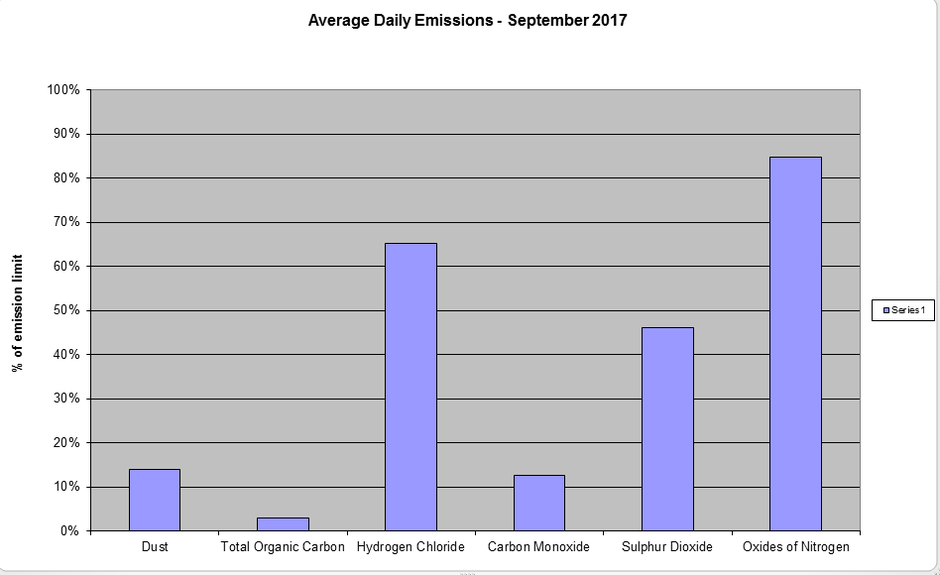
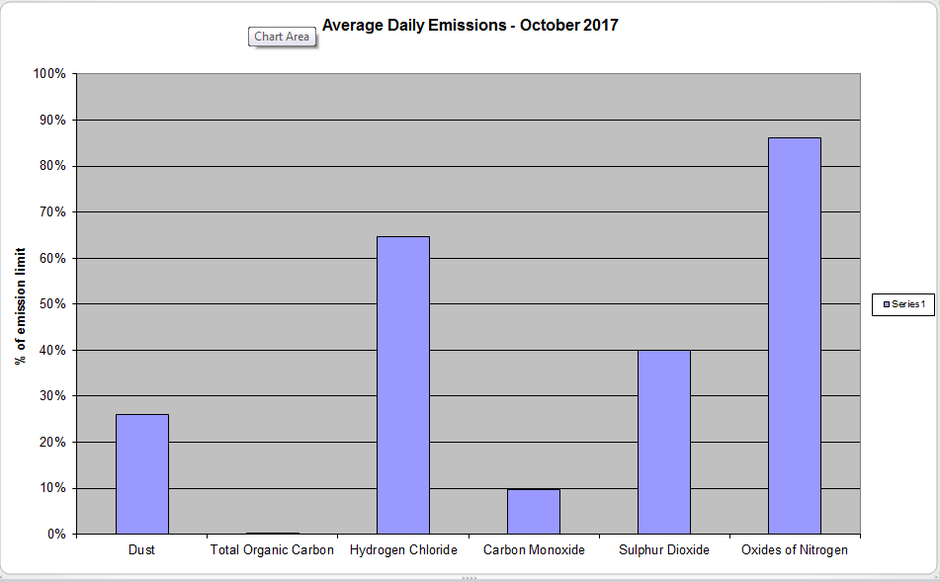
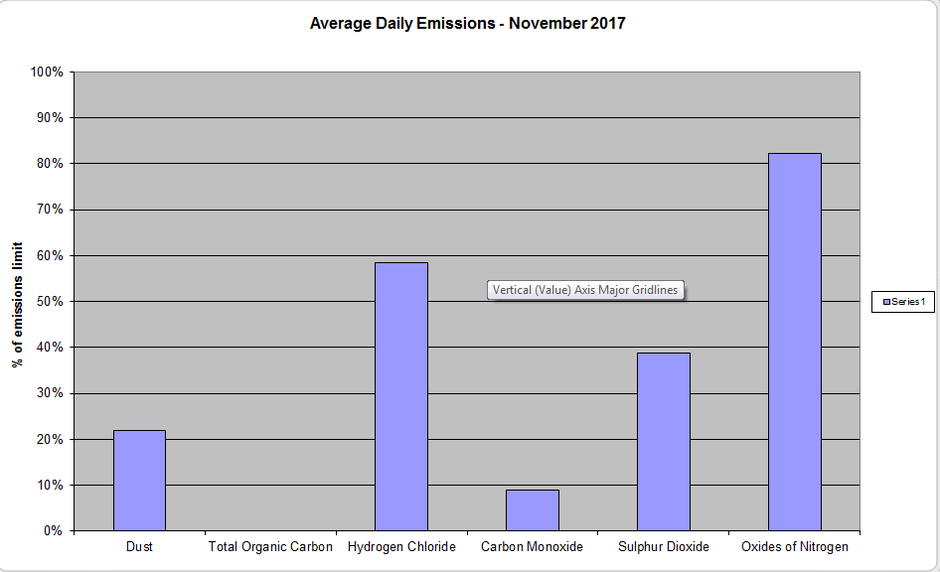
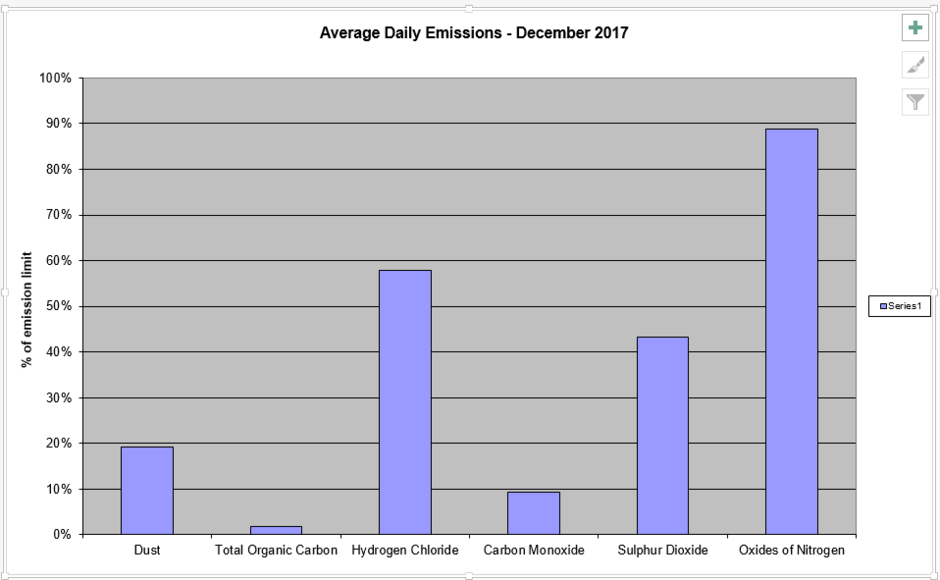
2016
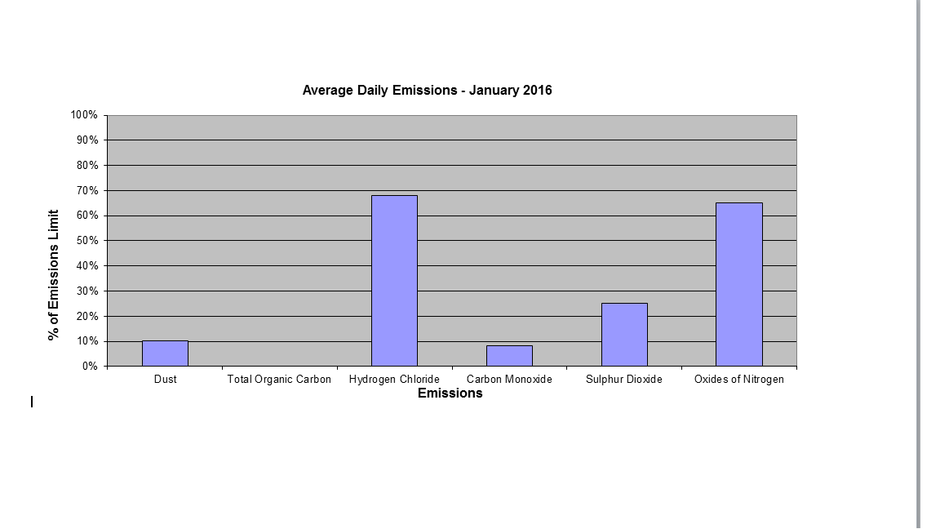
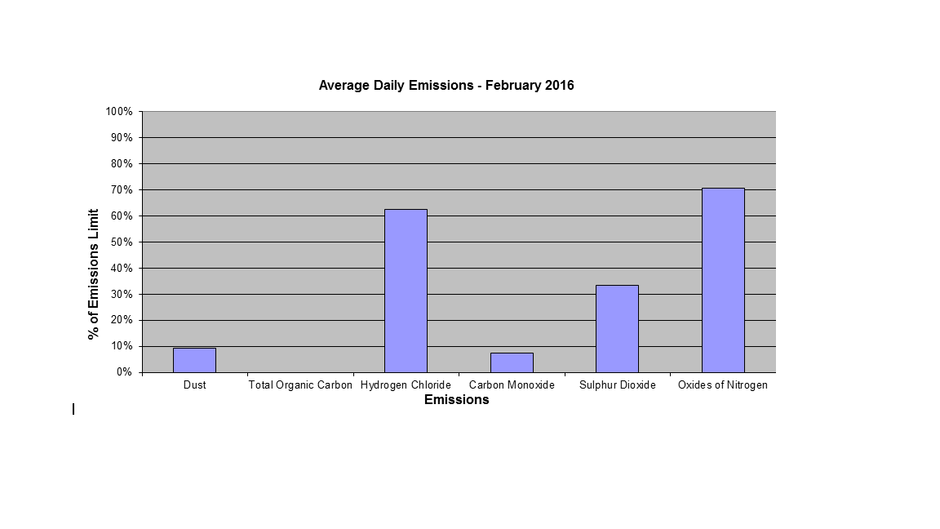
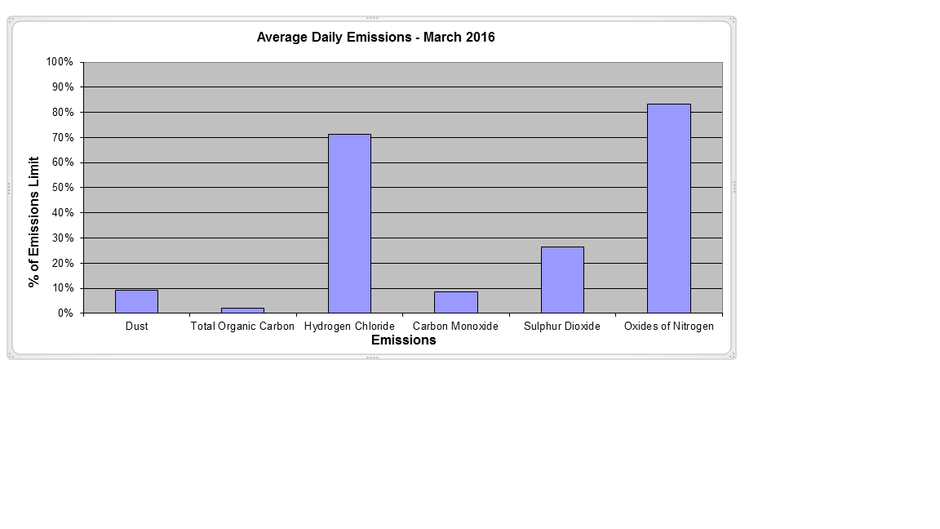
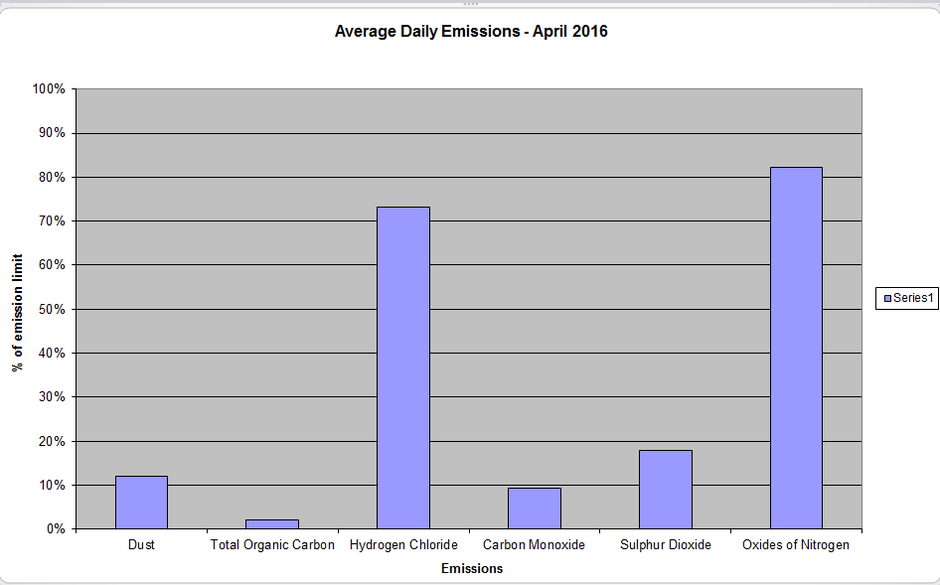
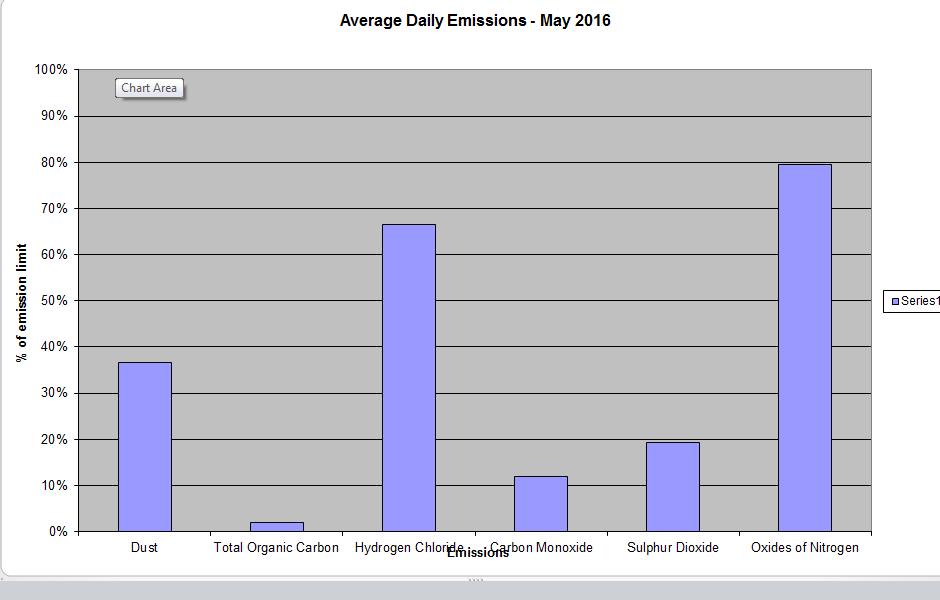
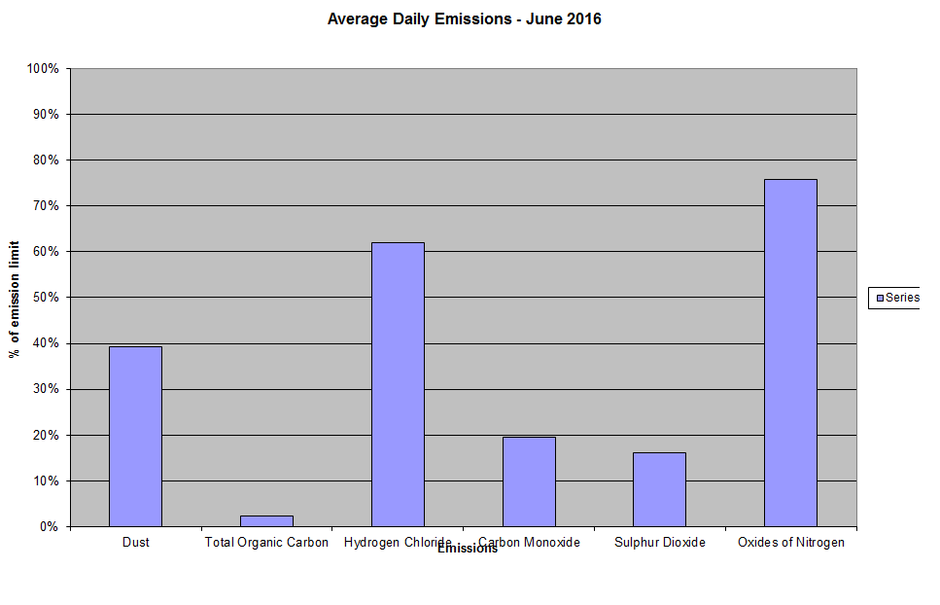
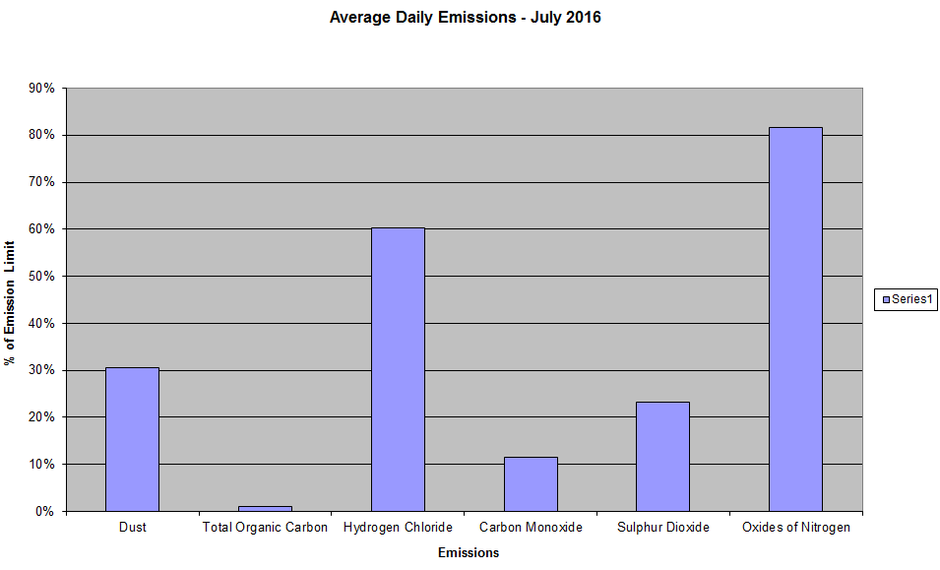
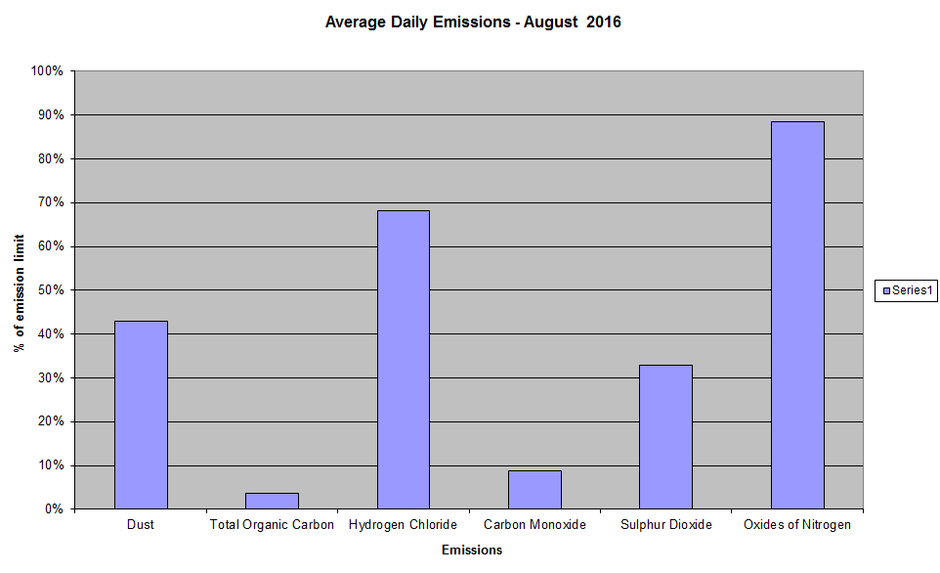
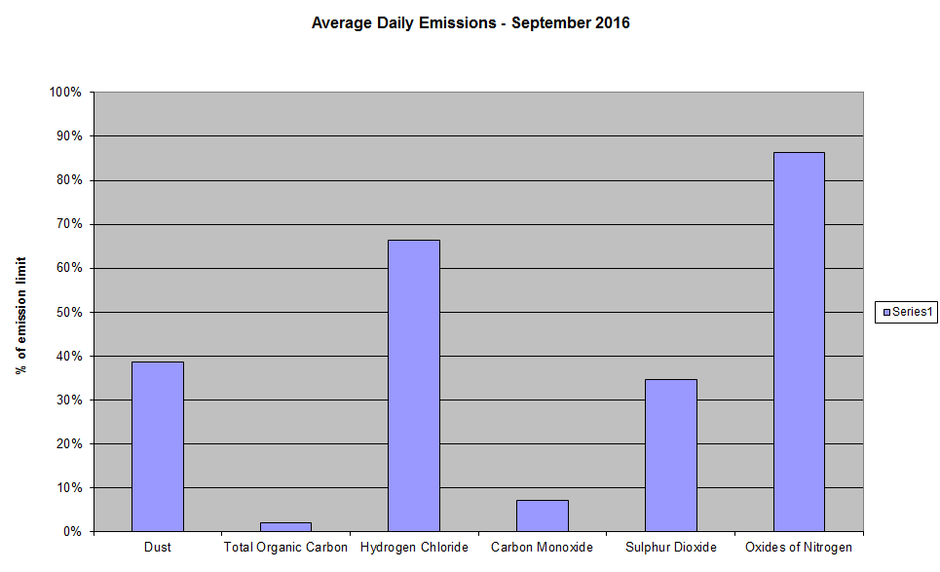
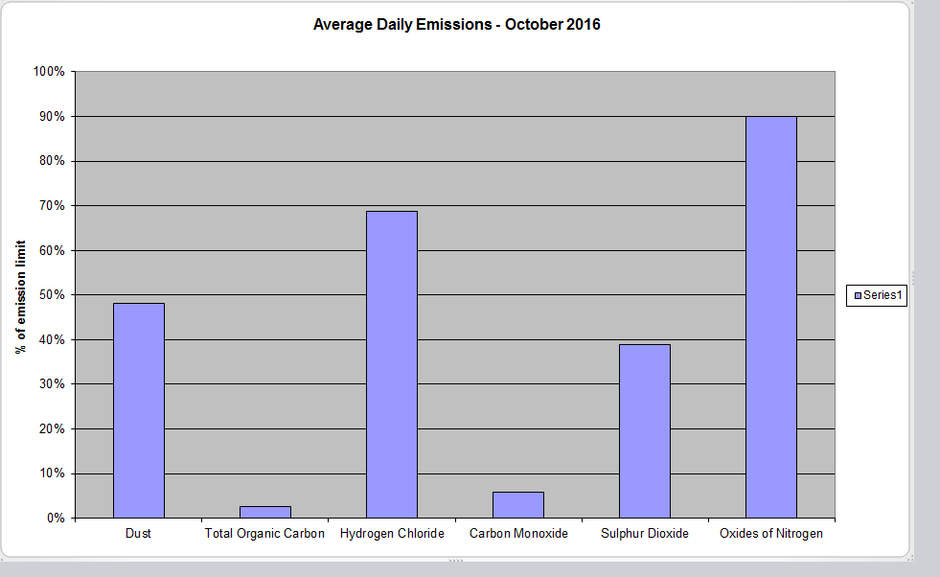
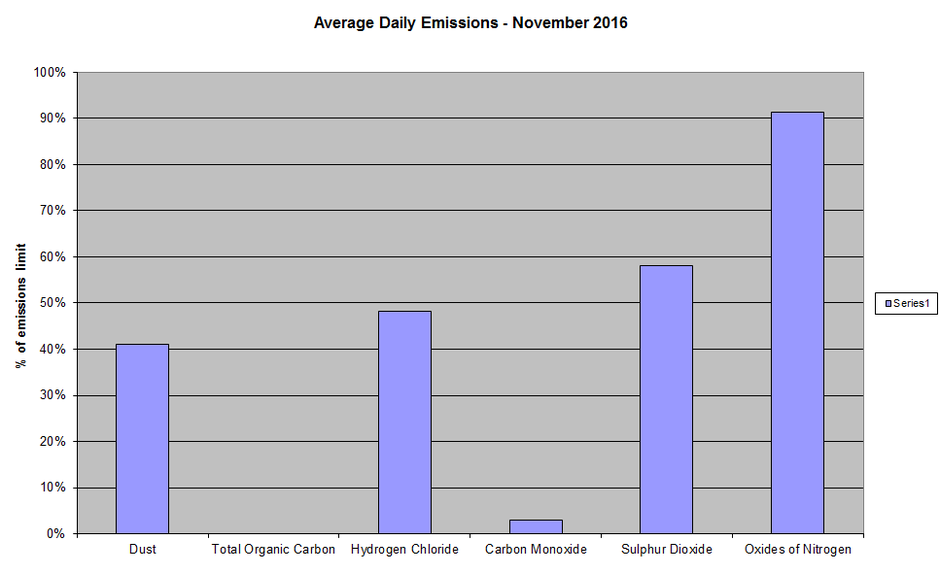
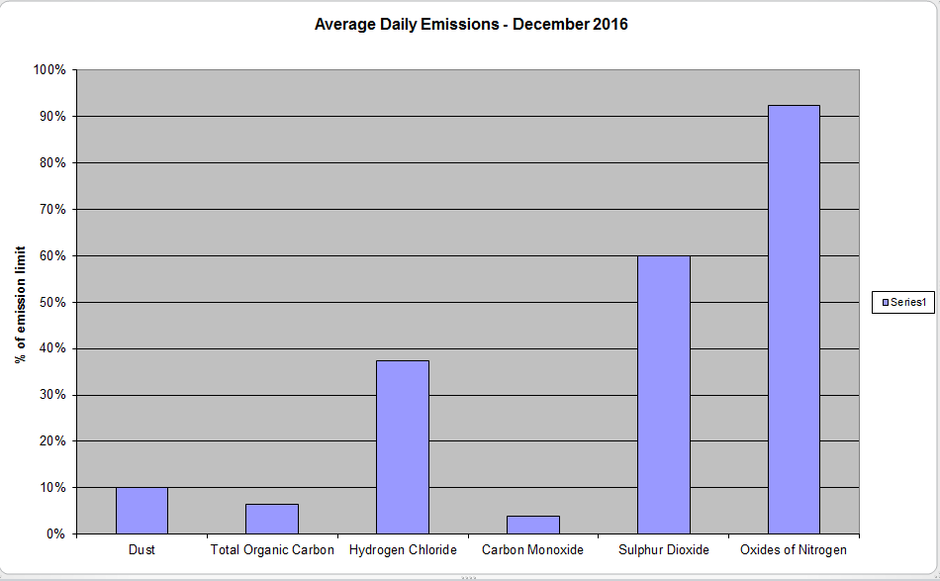
2015
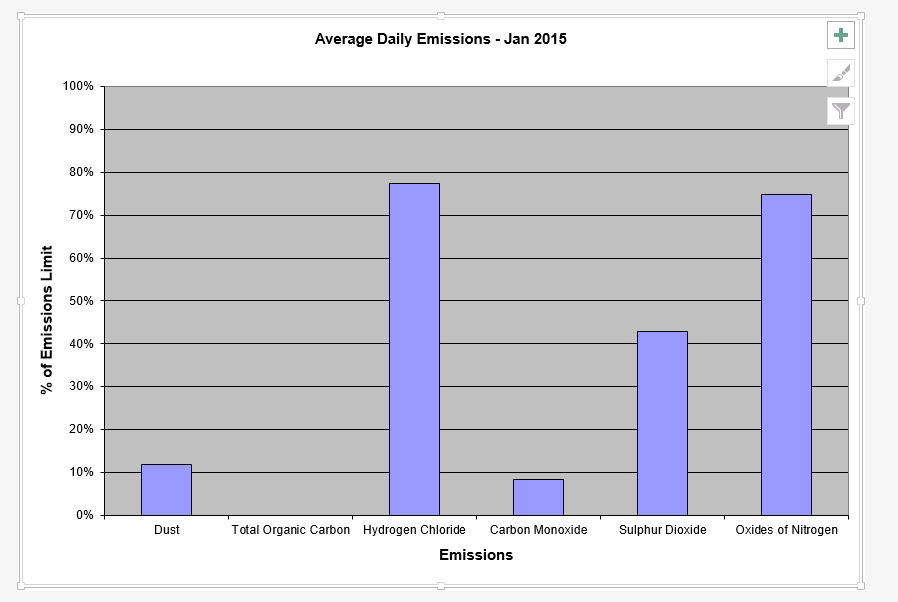
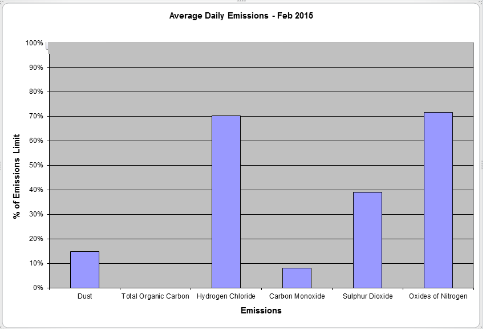
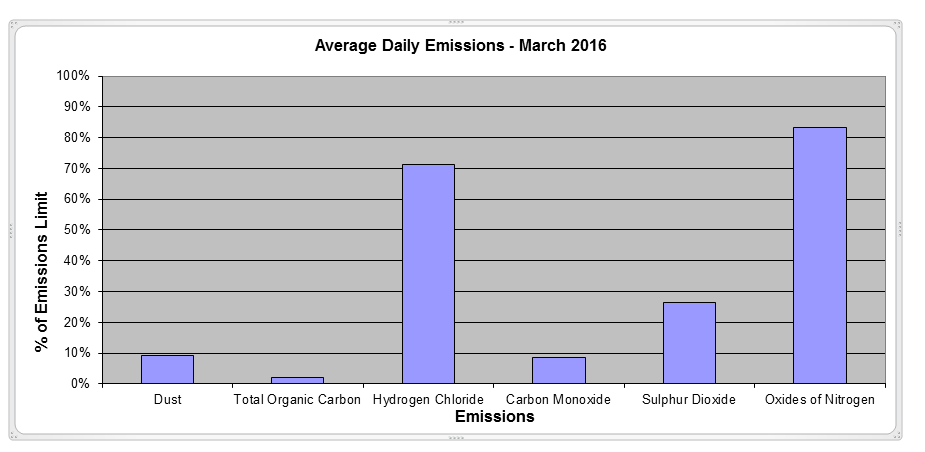
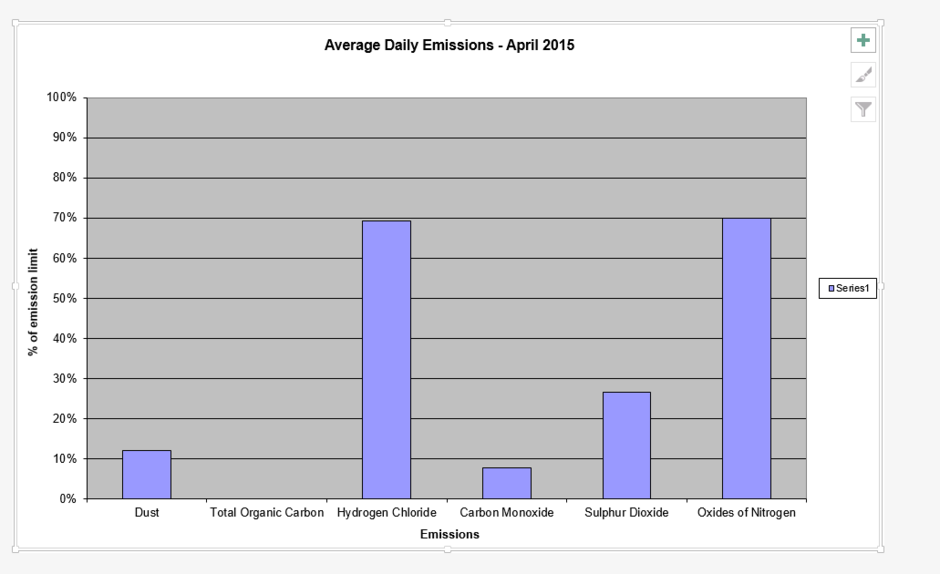
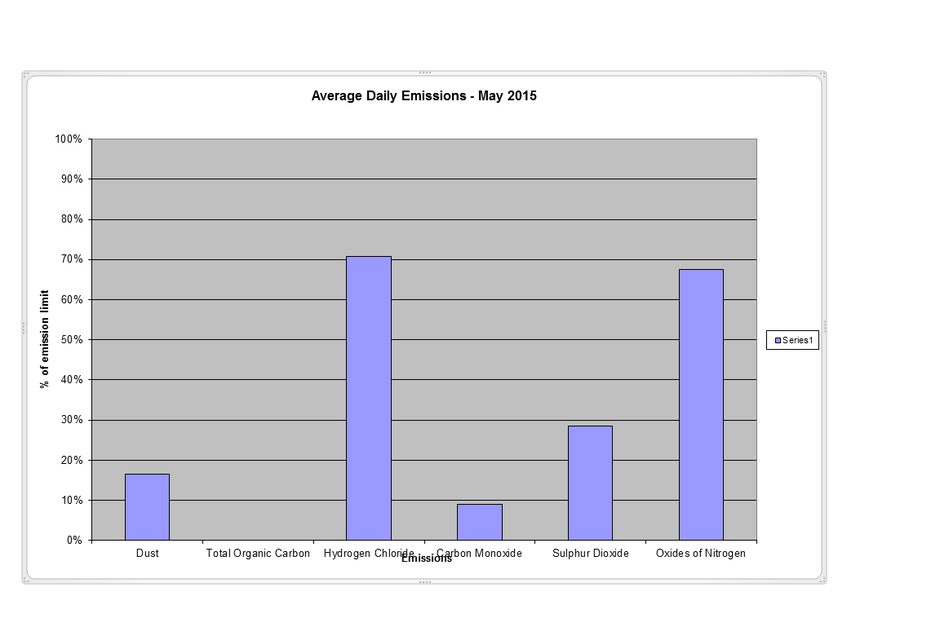
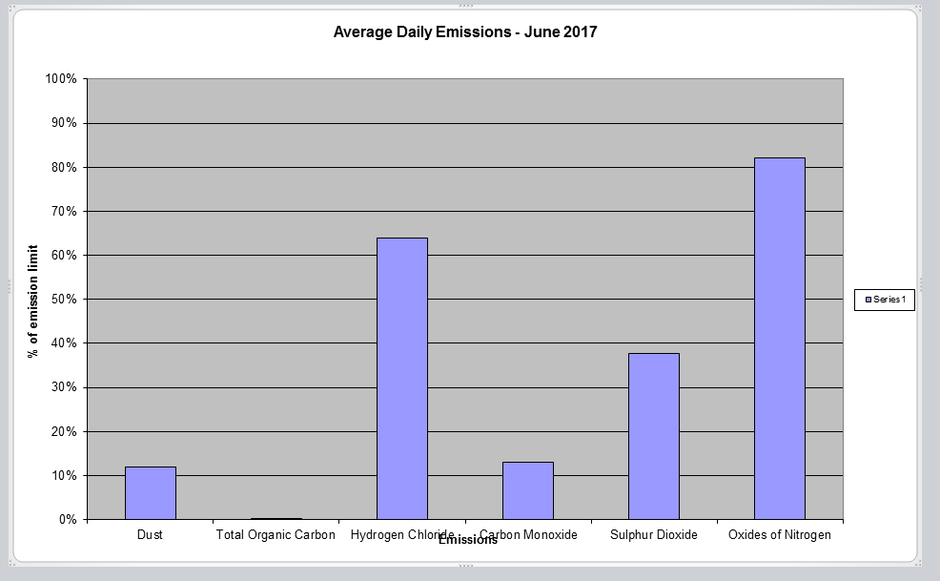
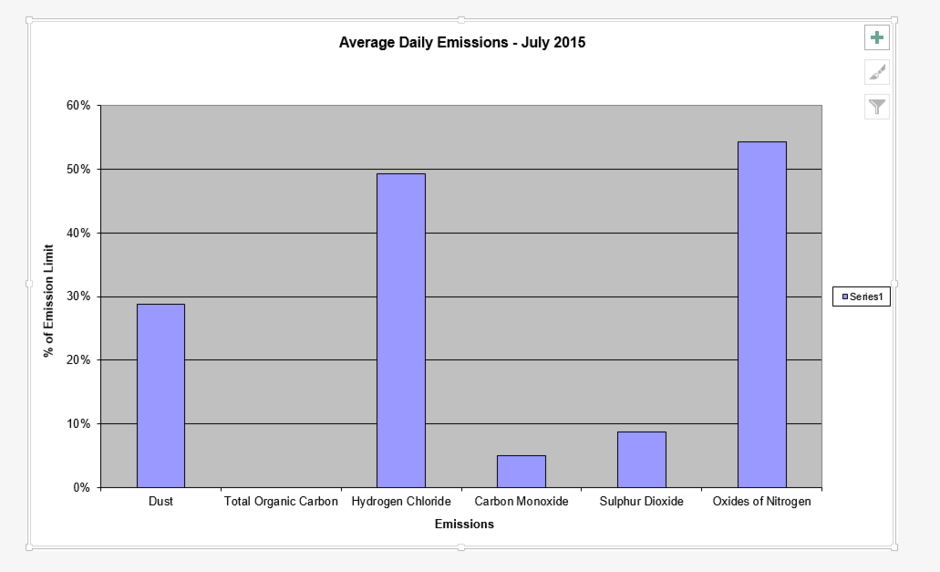
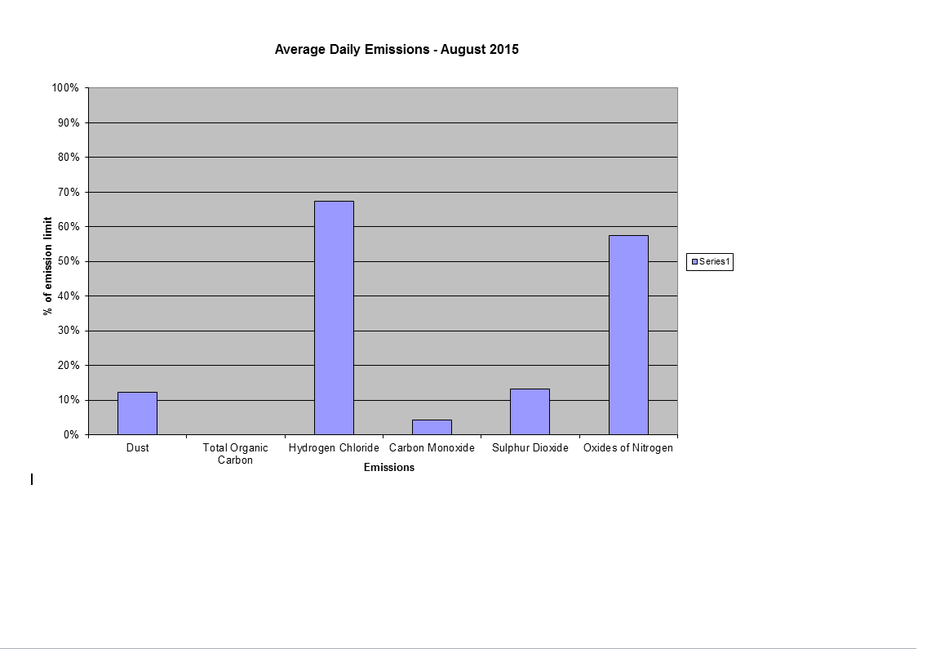
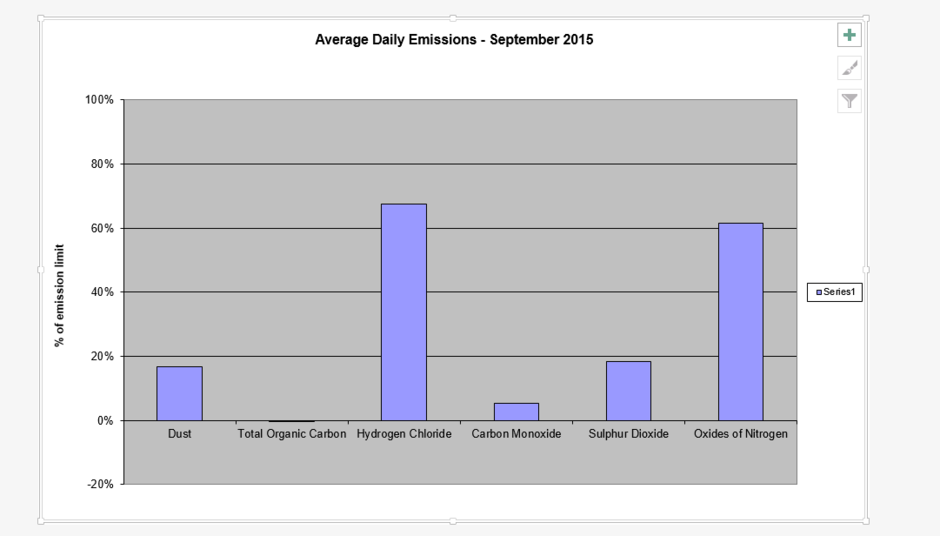
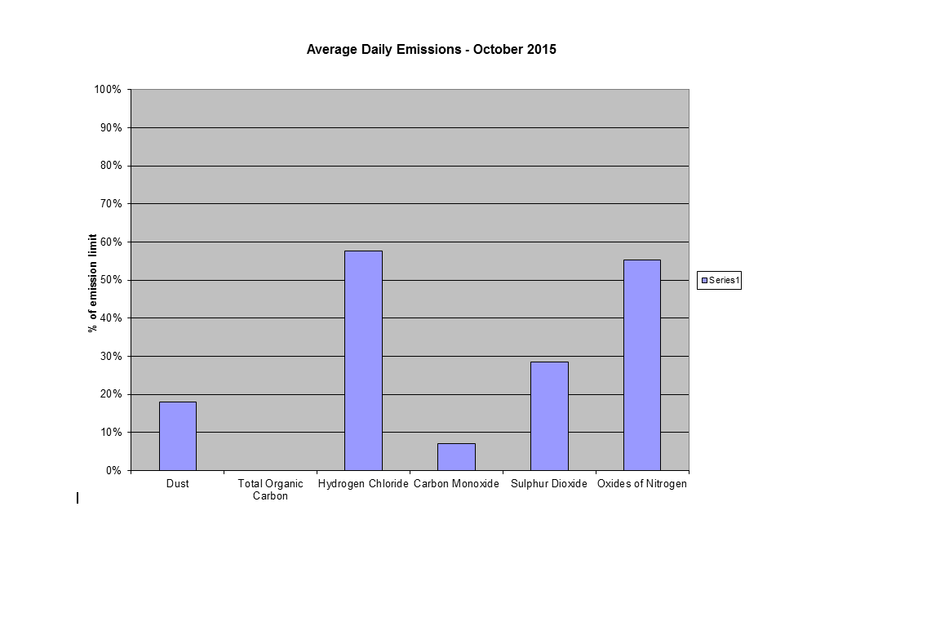
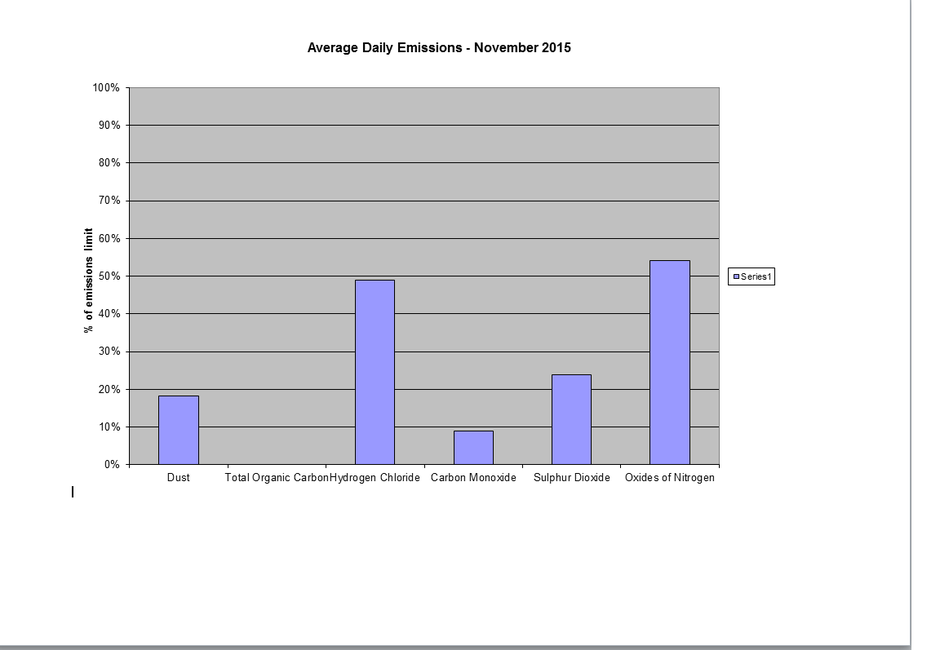
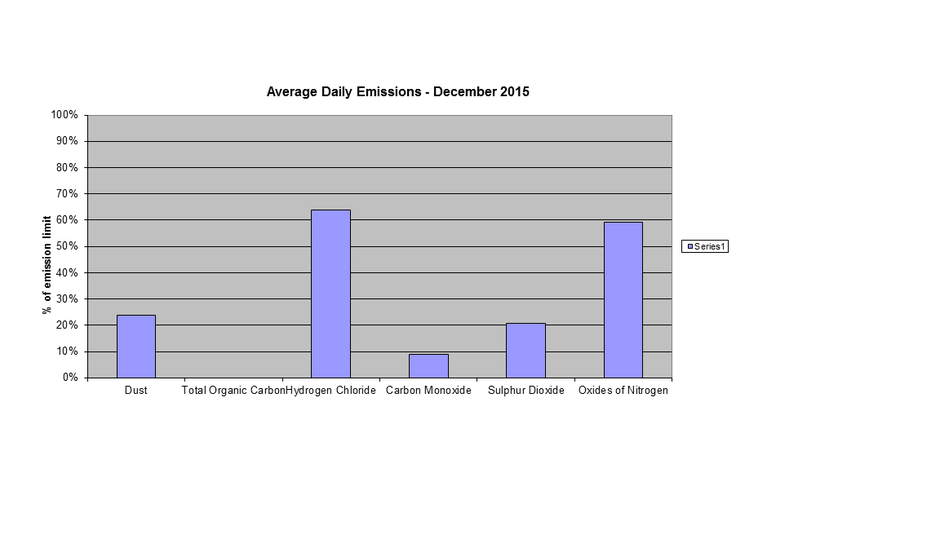
2014
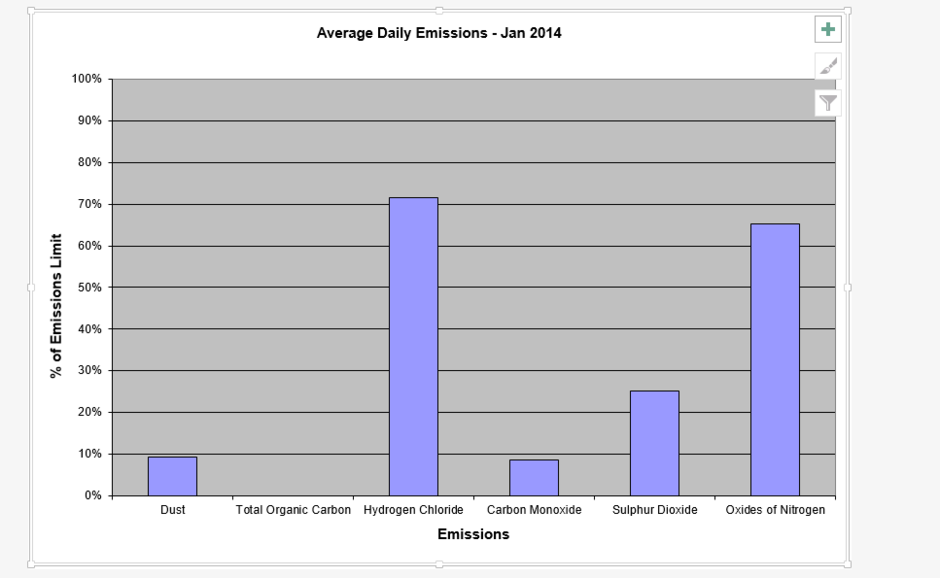
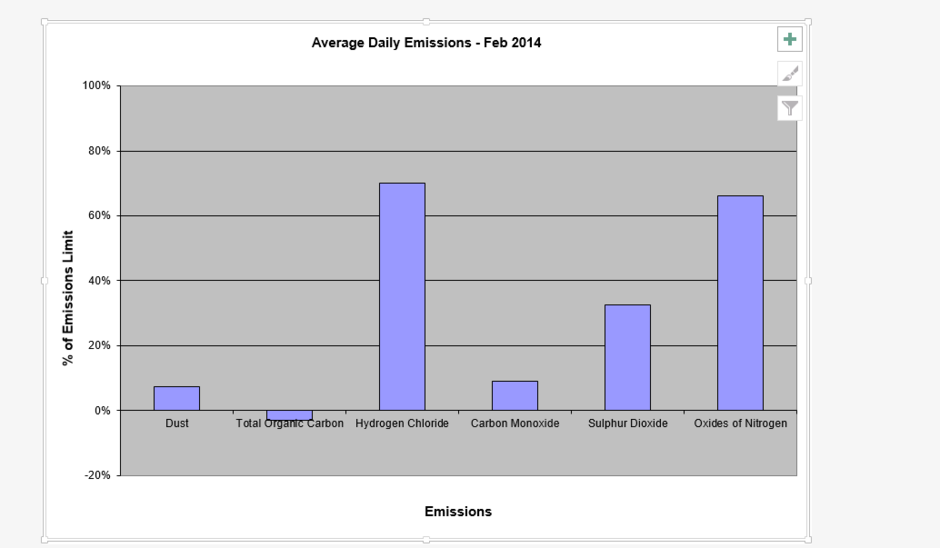
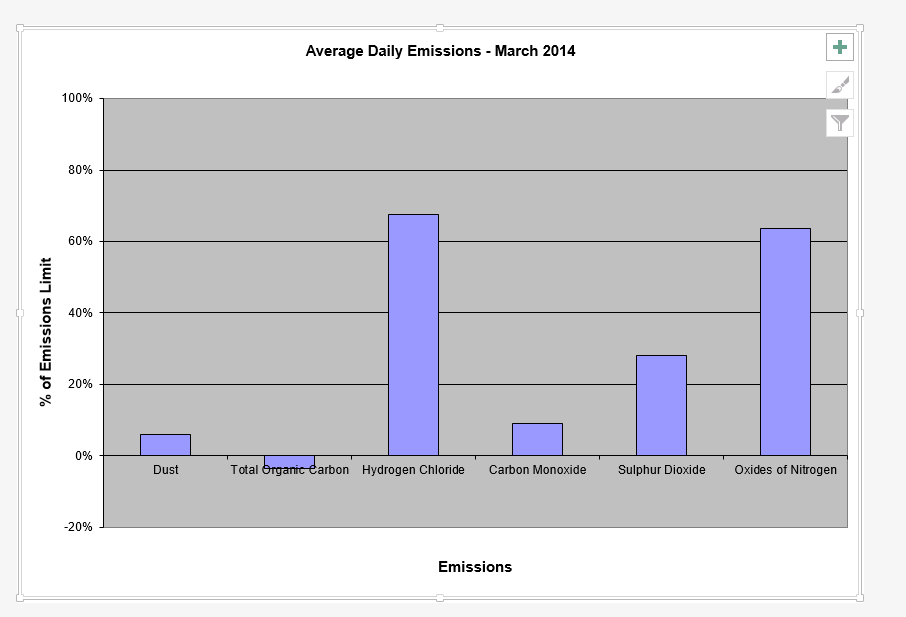
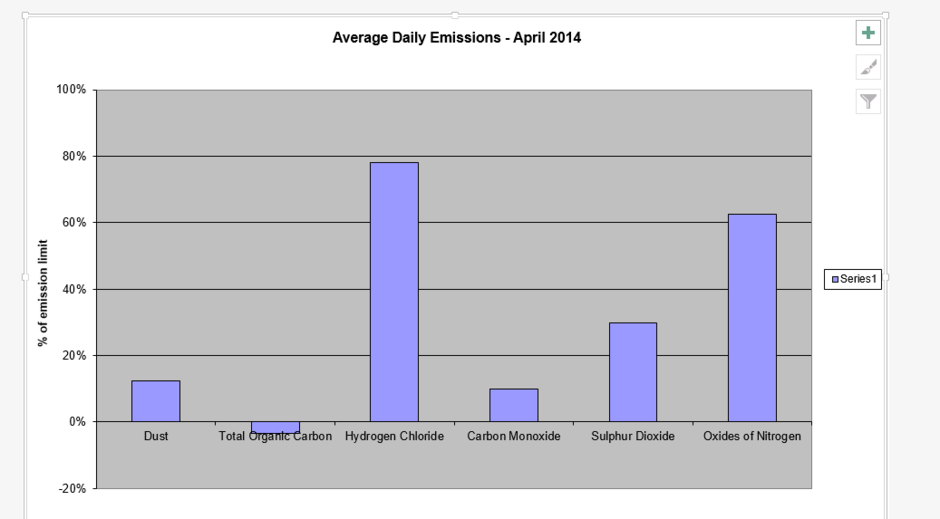
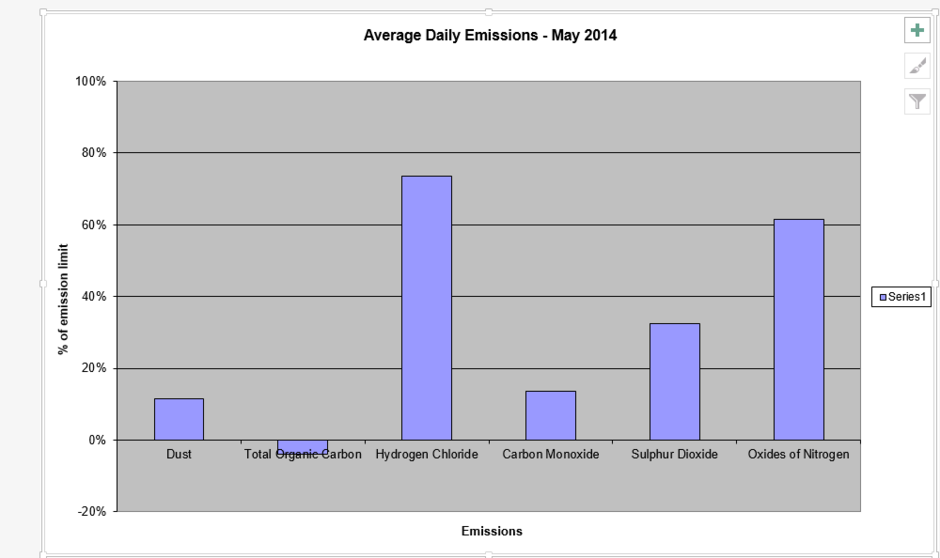
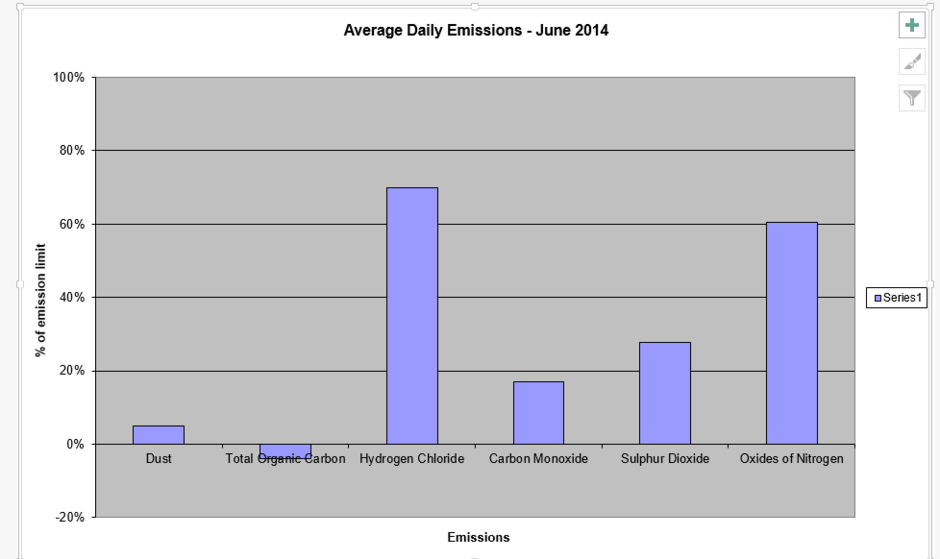
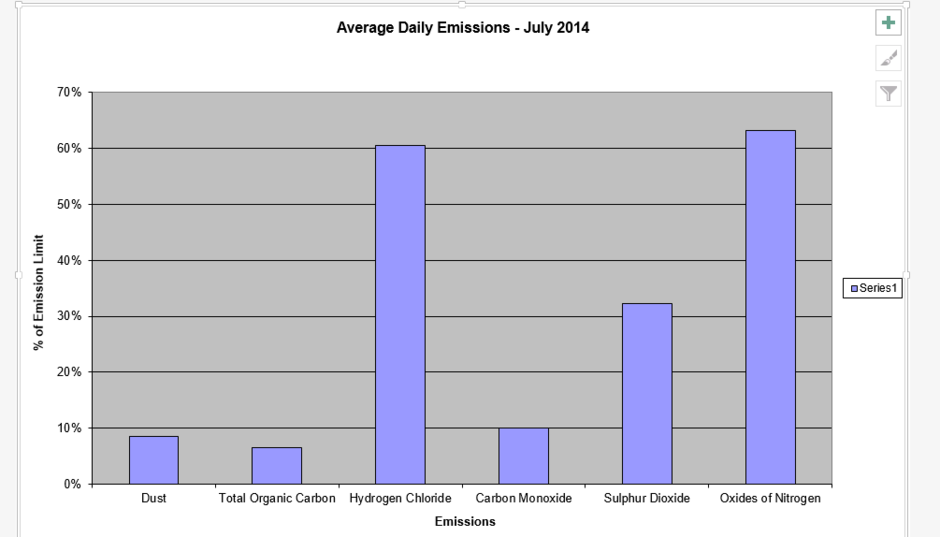
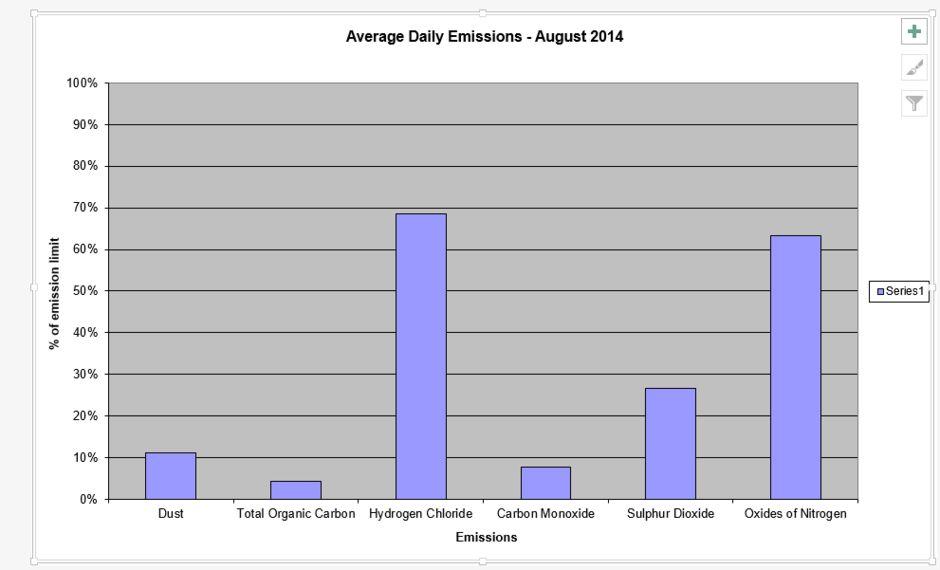
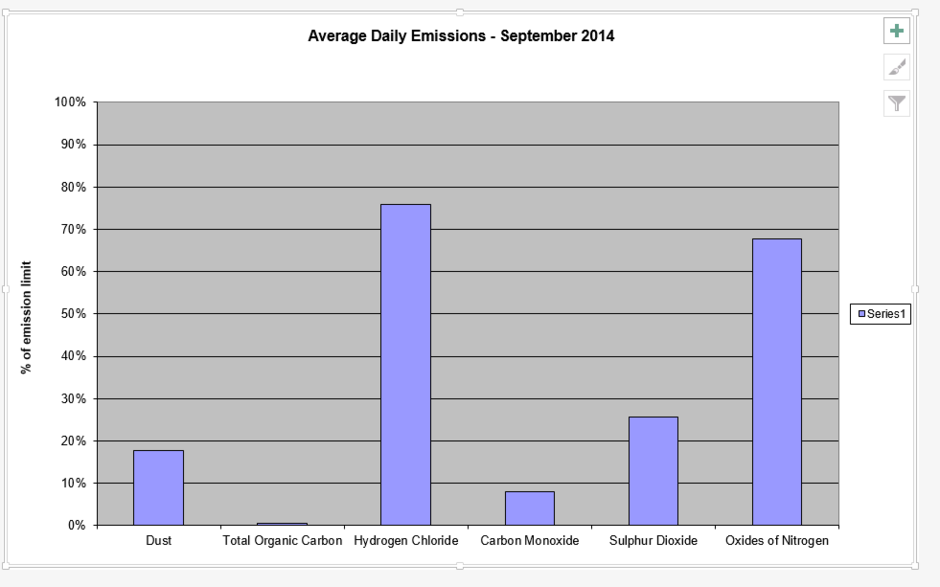
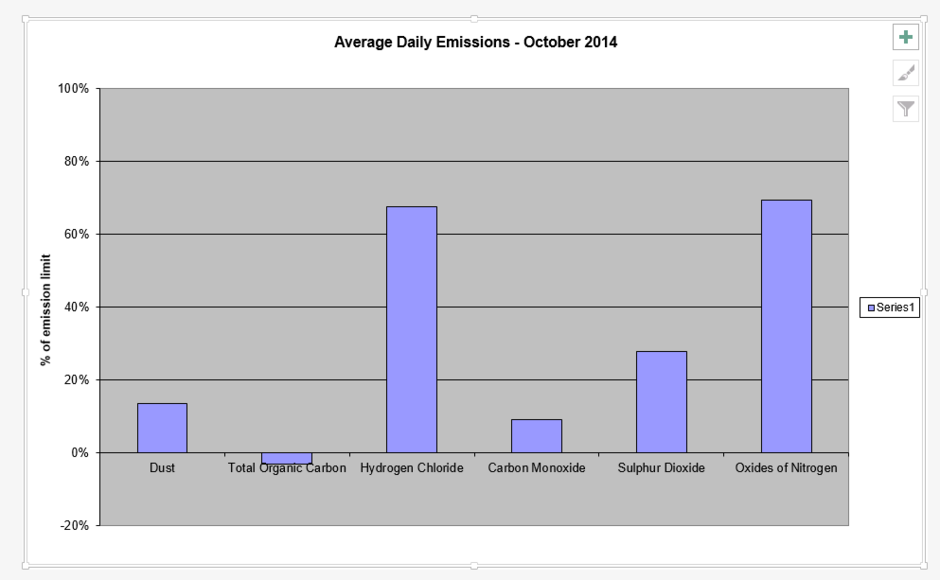
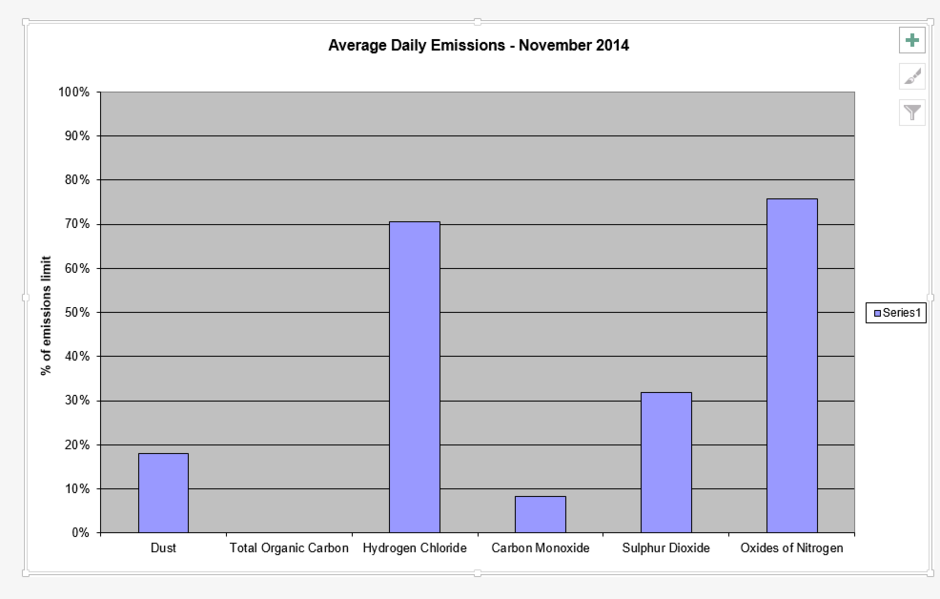
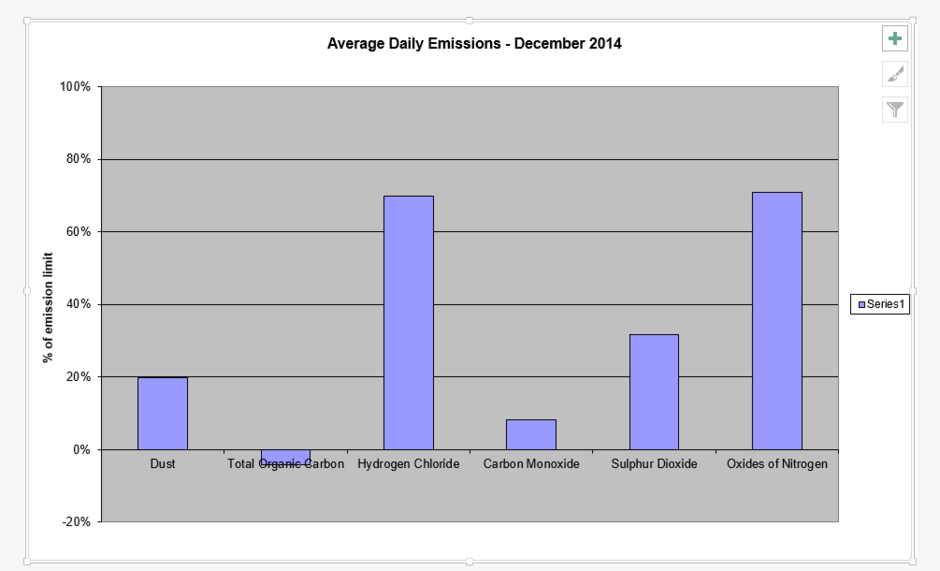
2013
